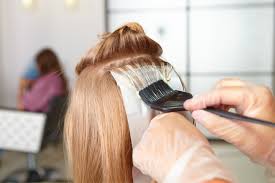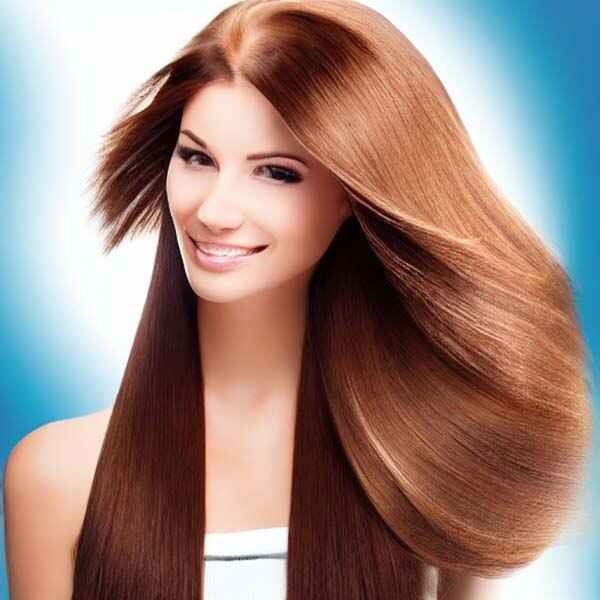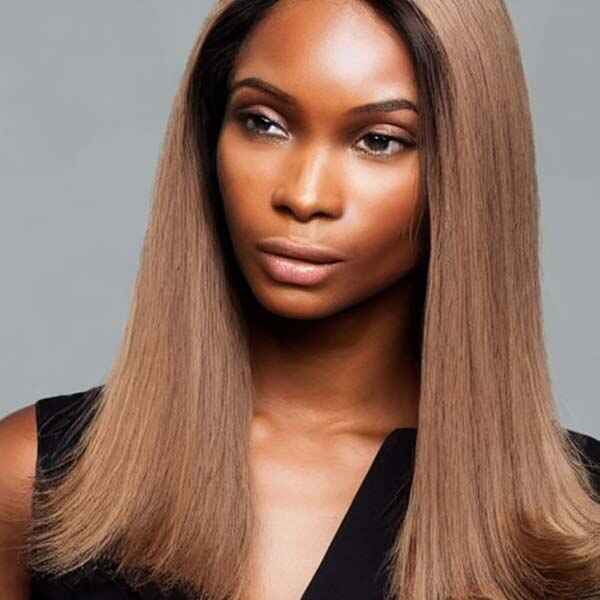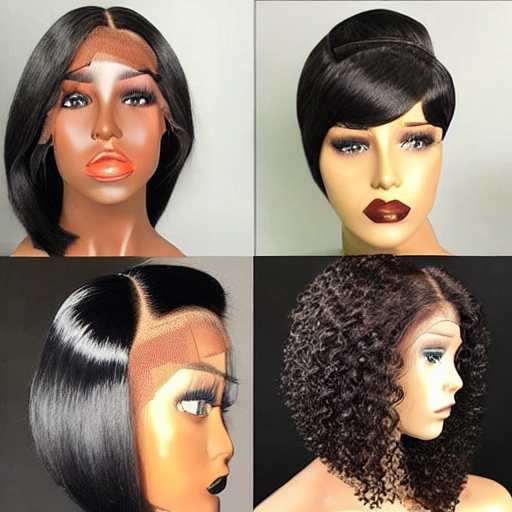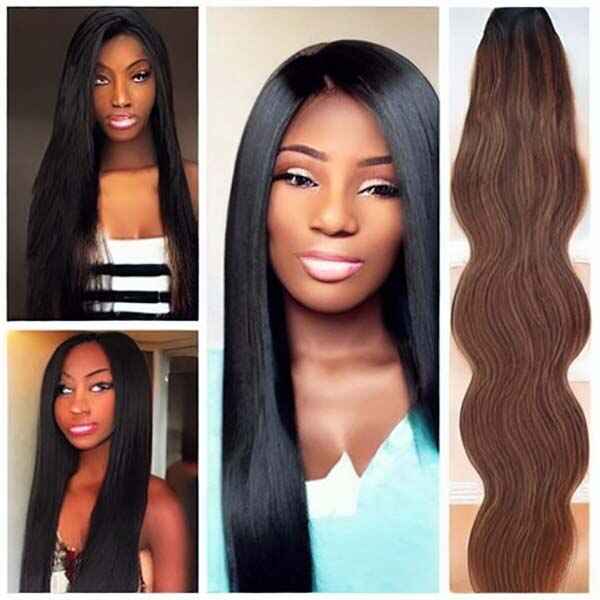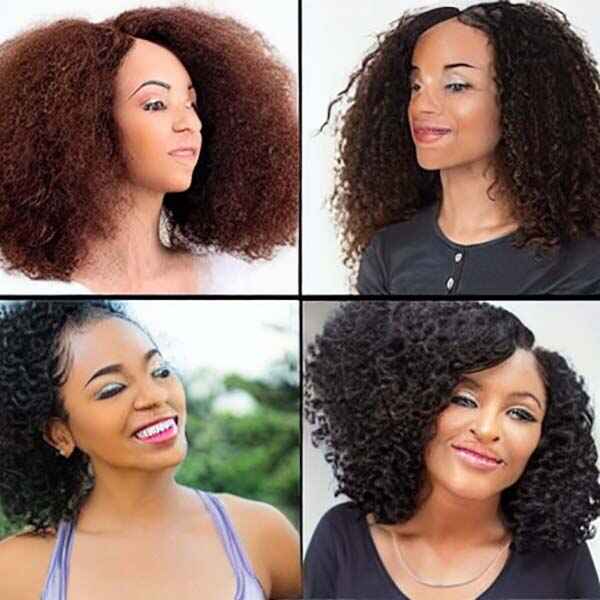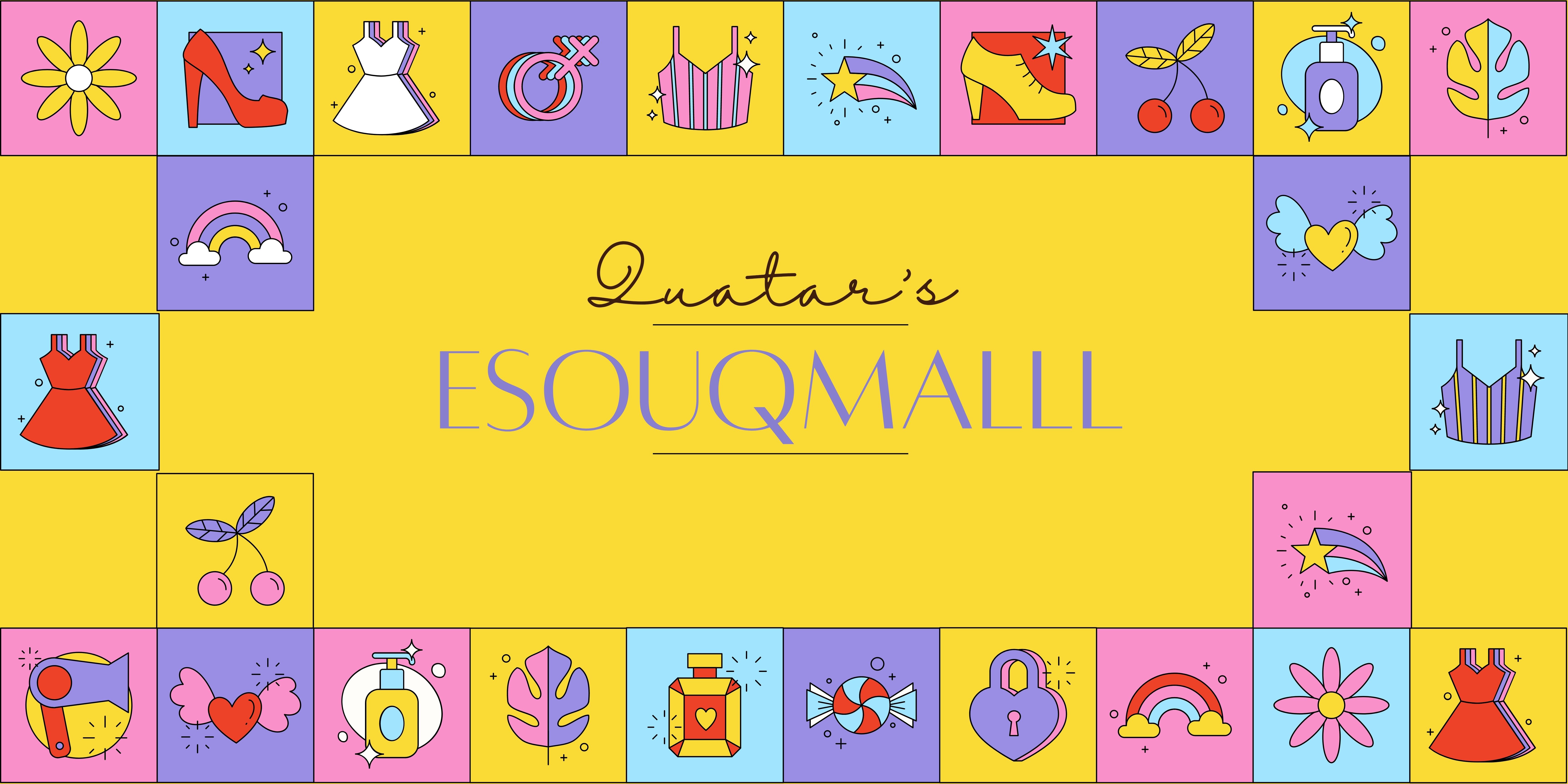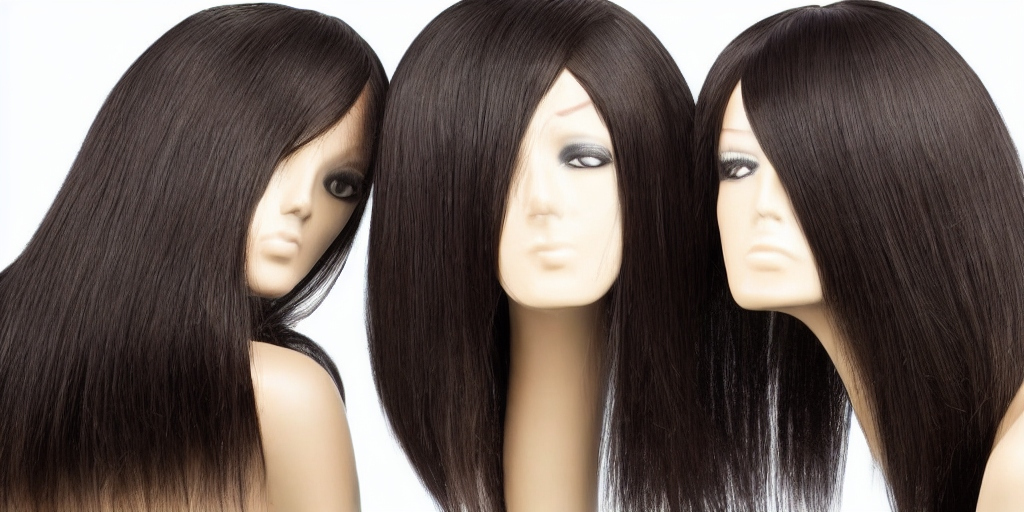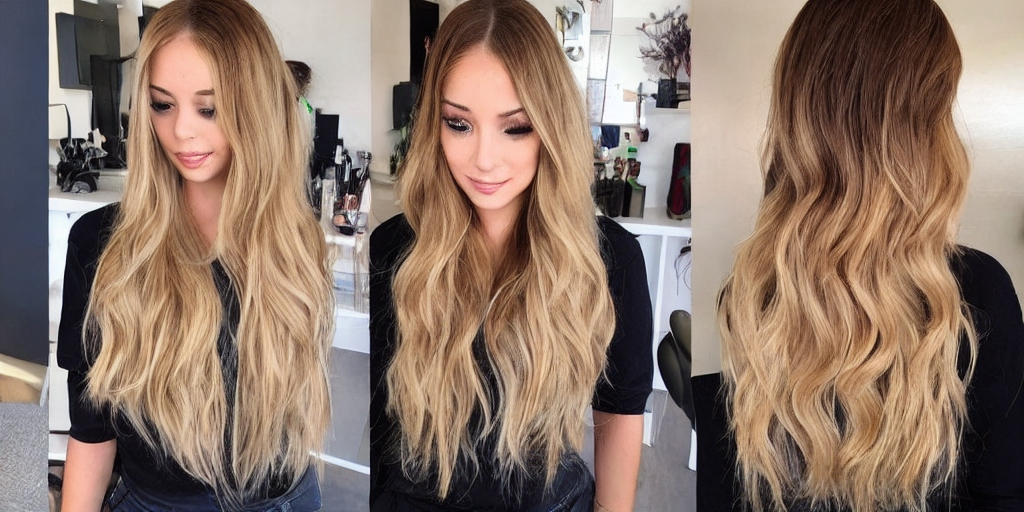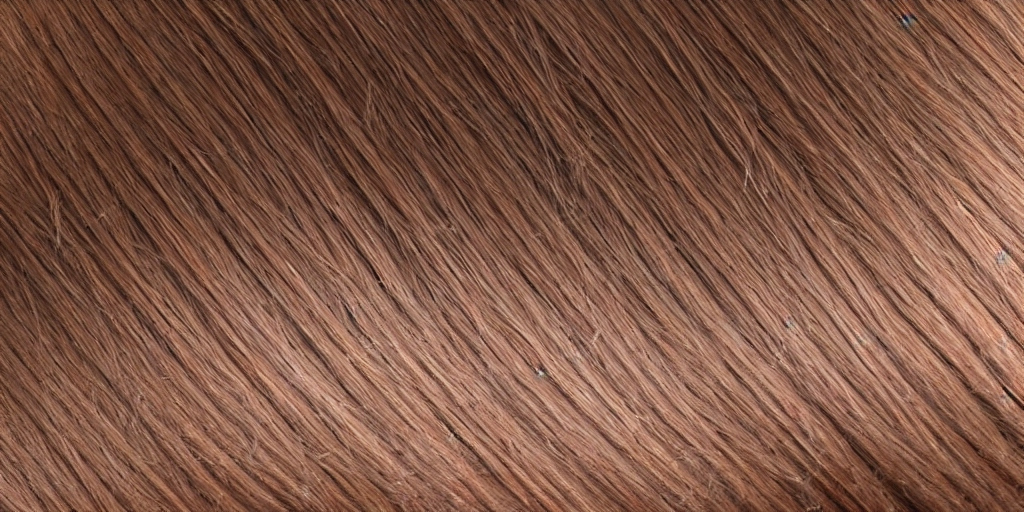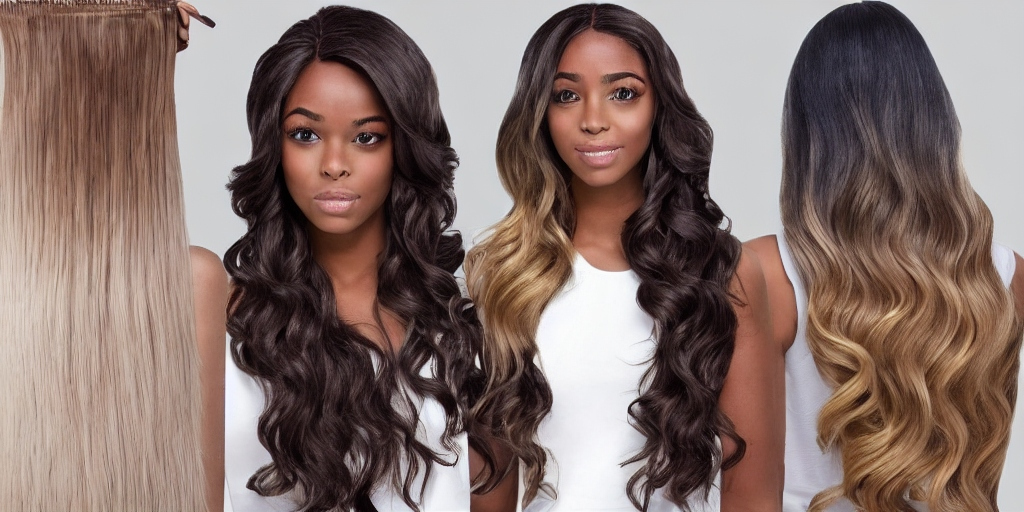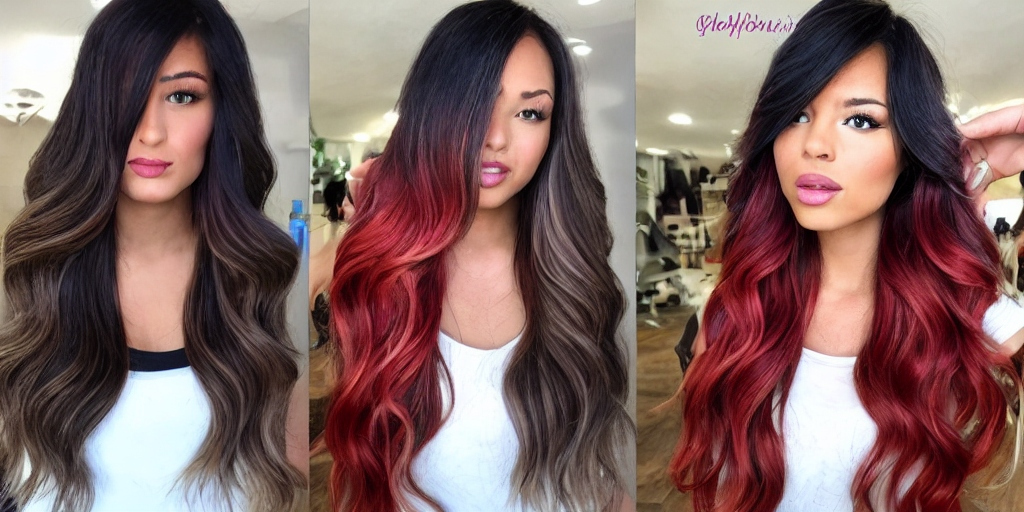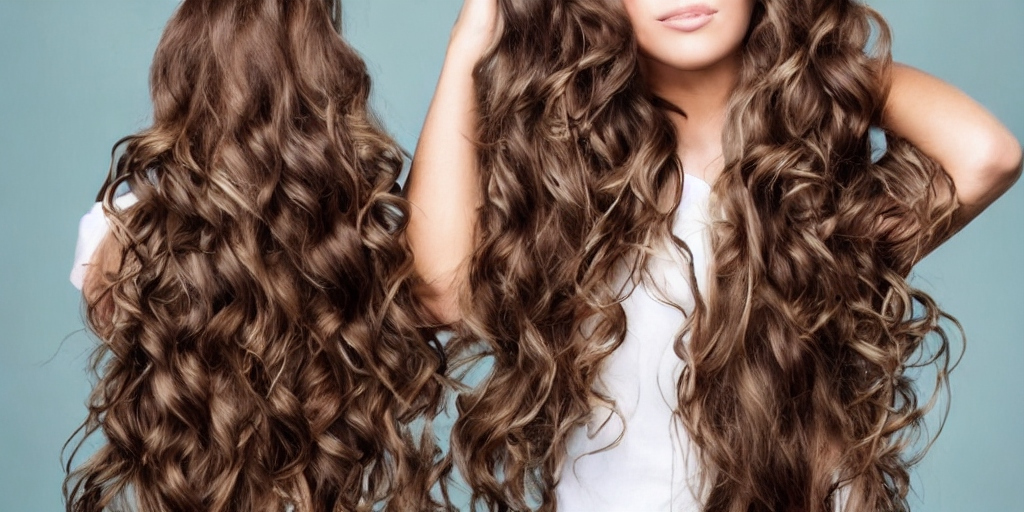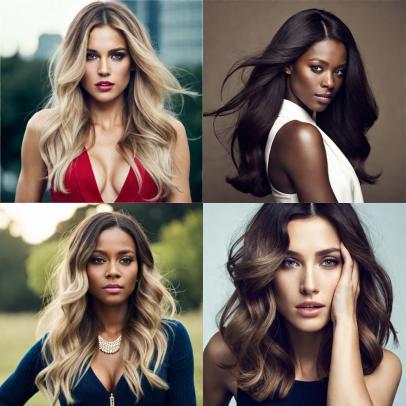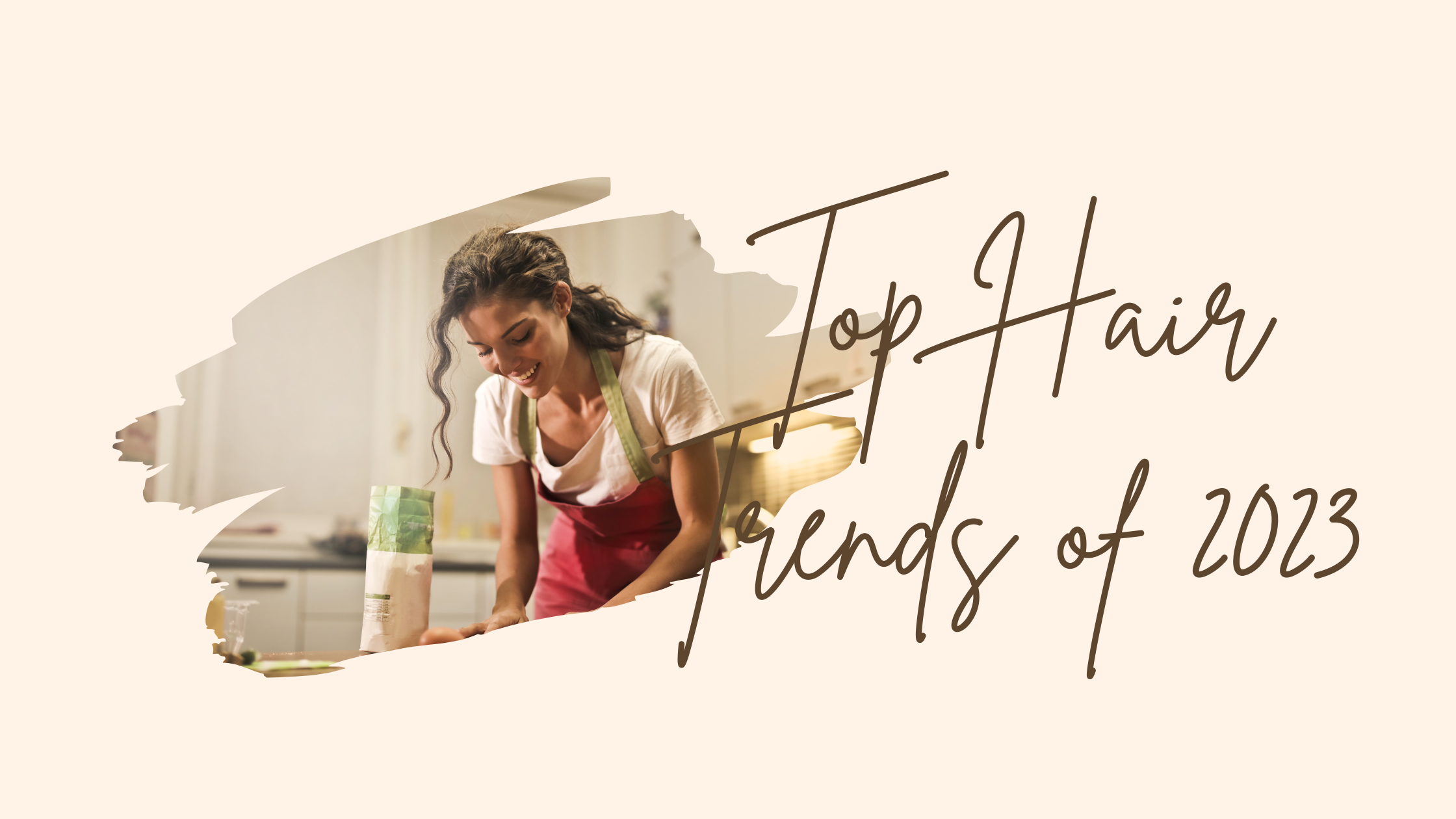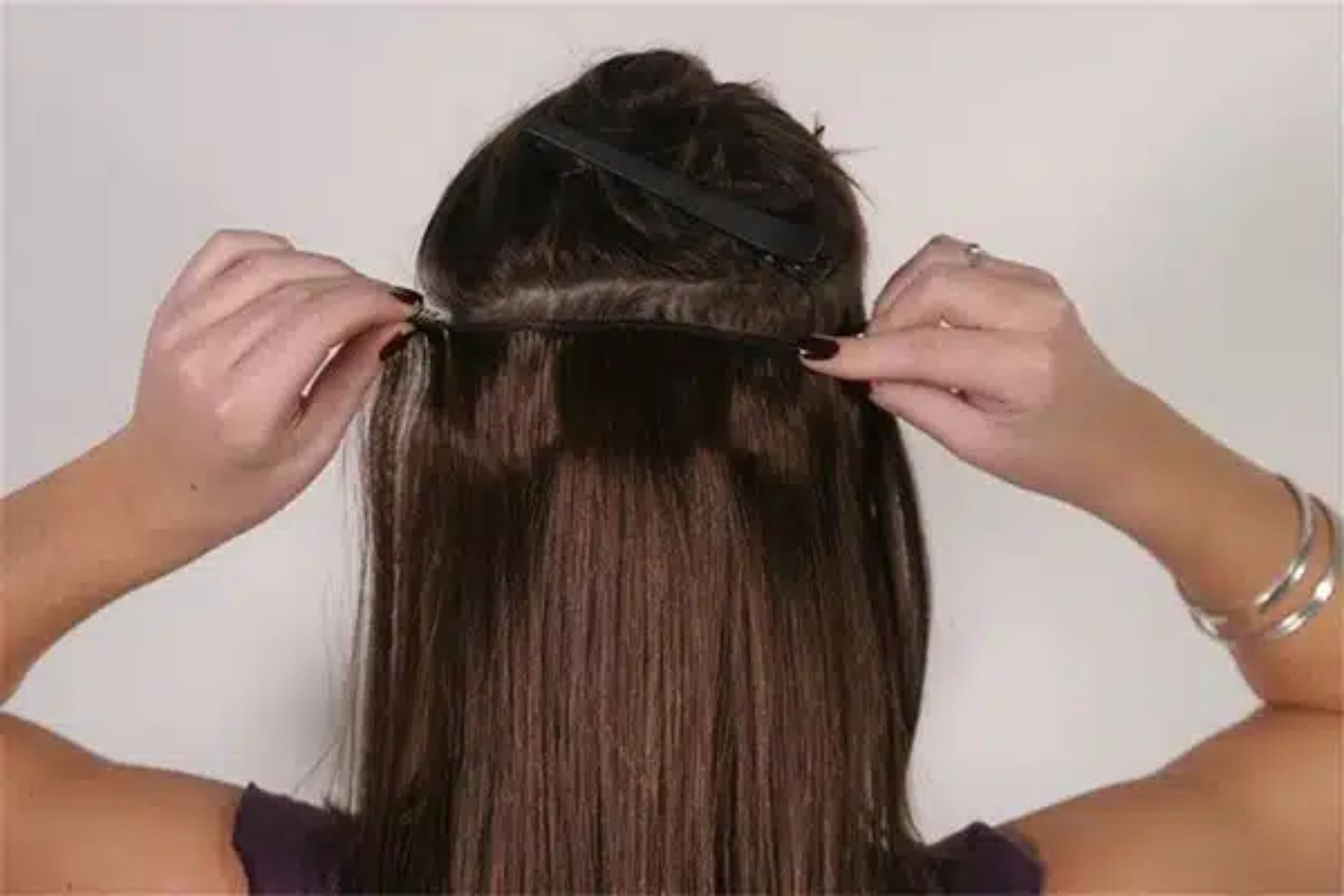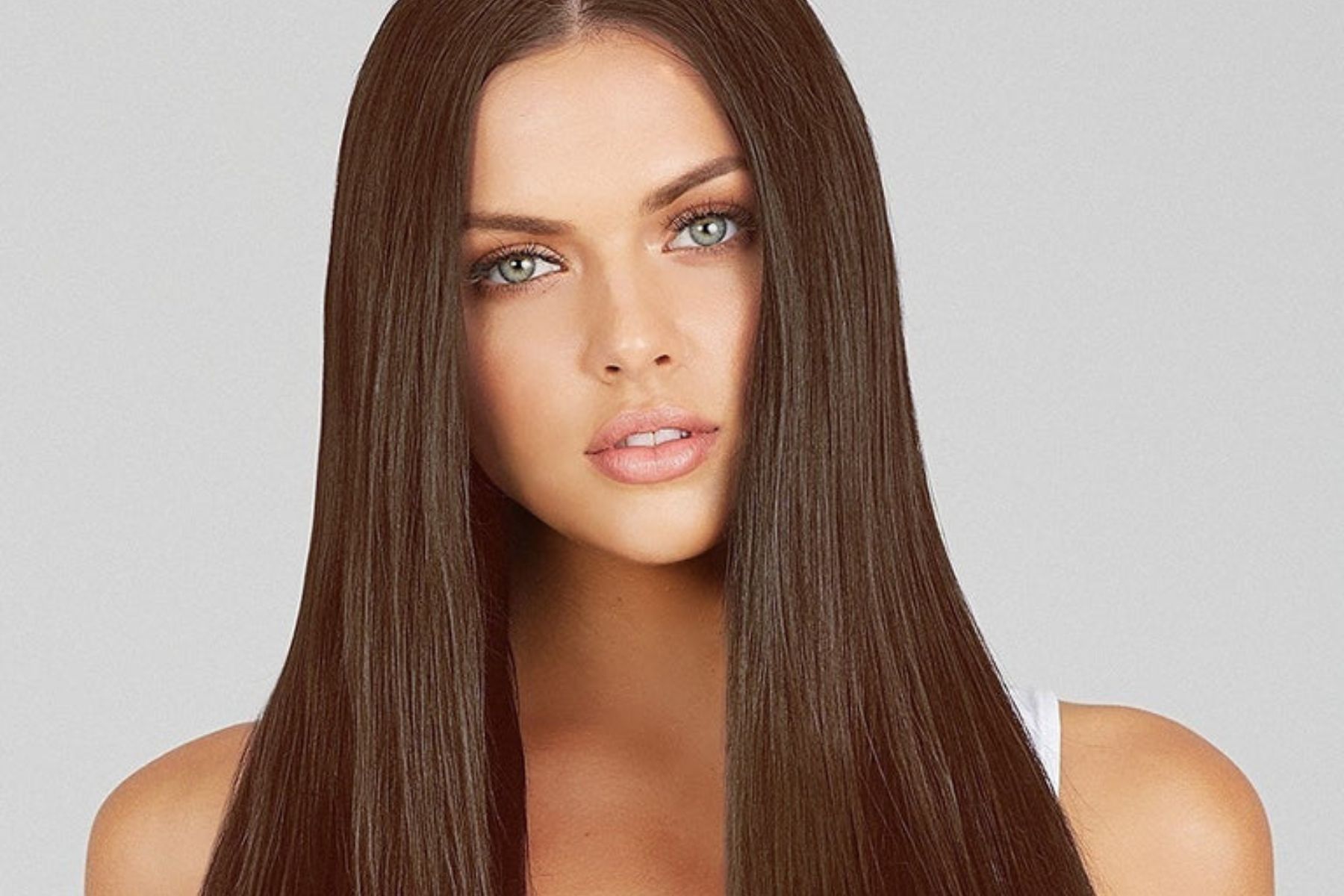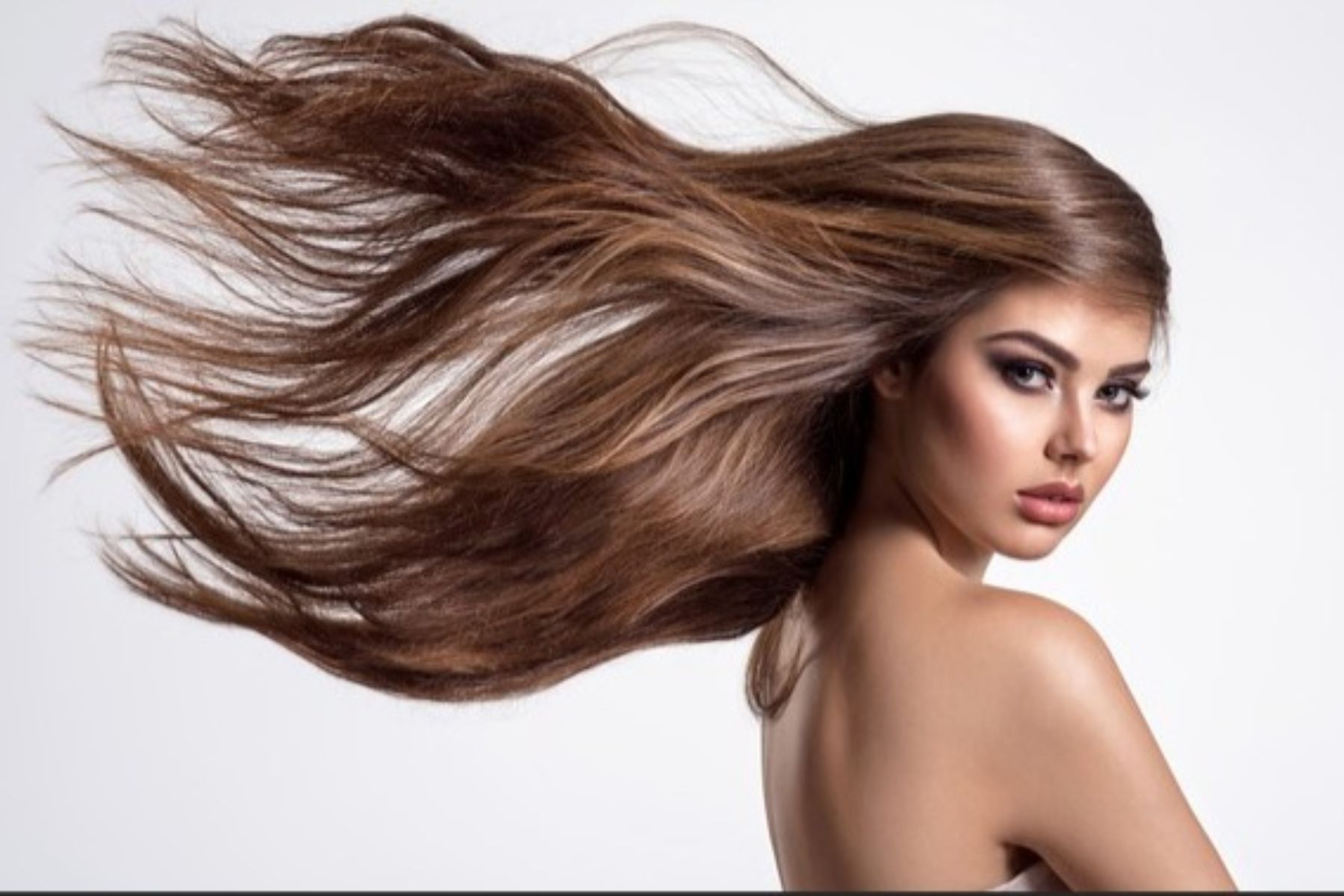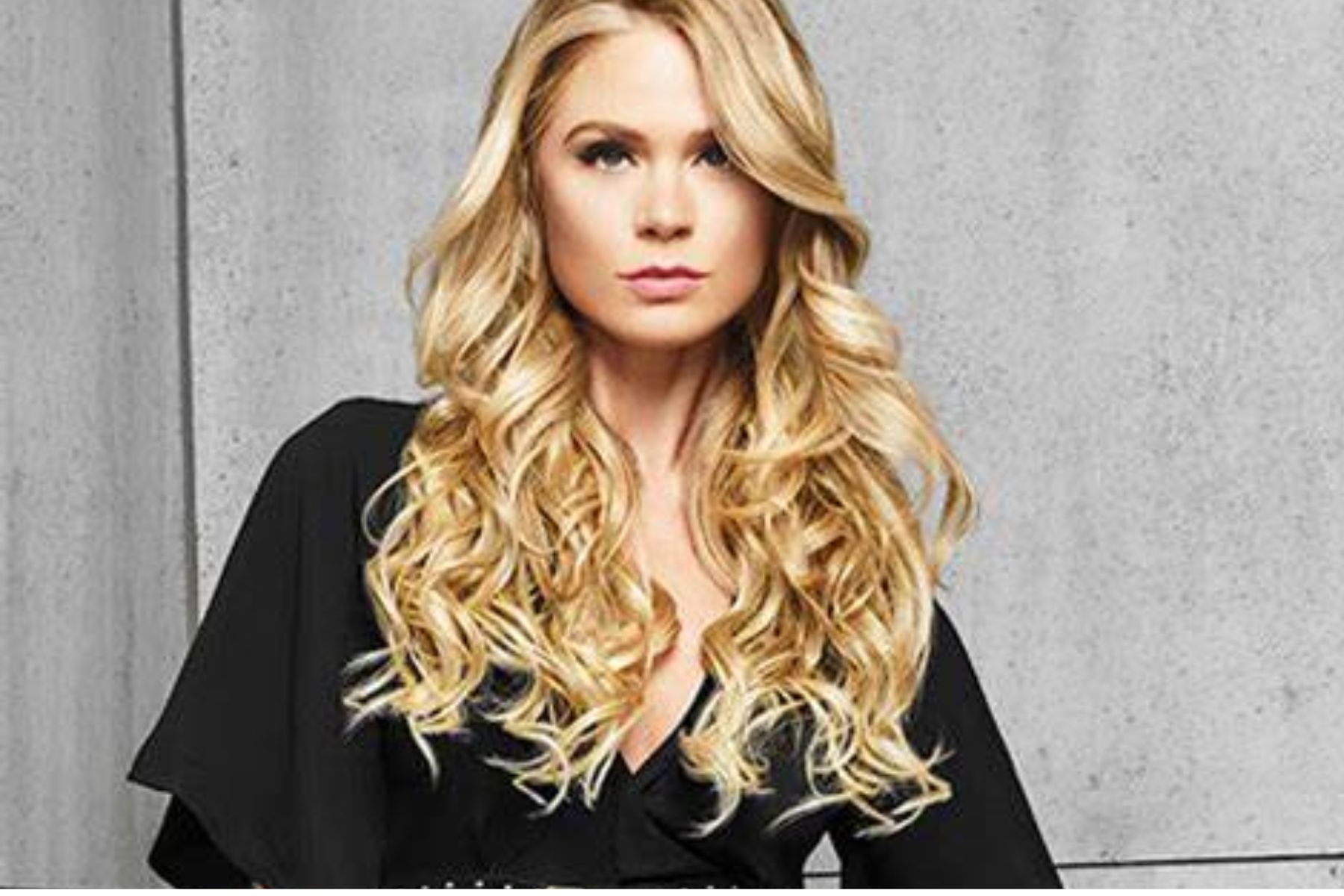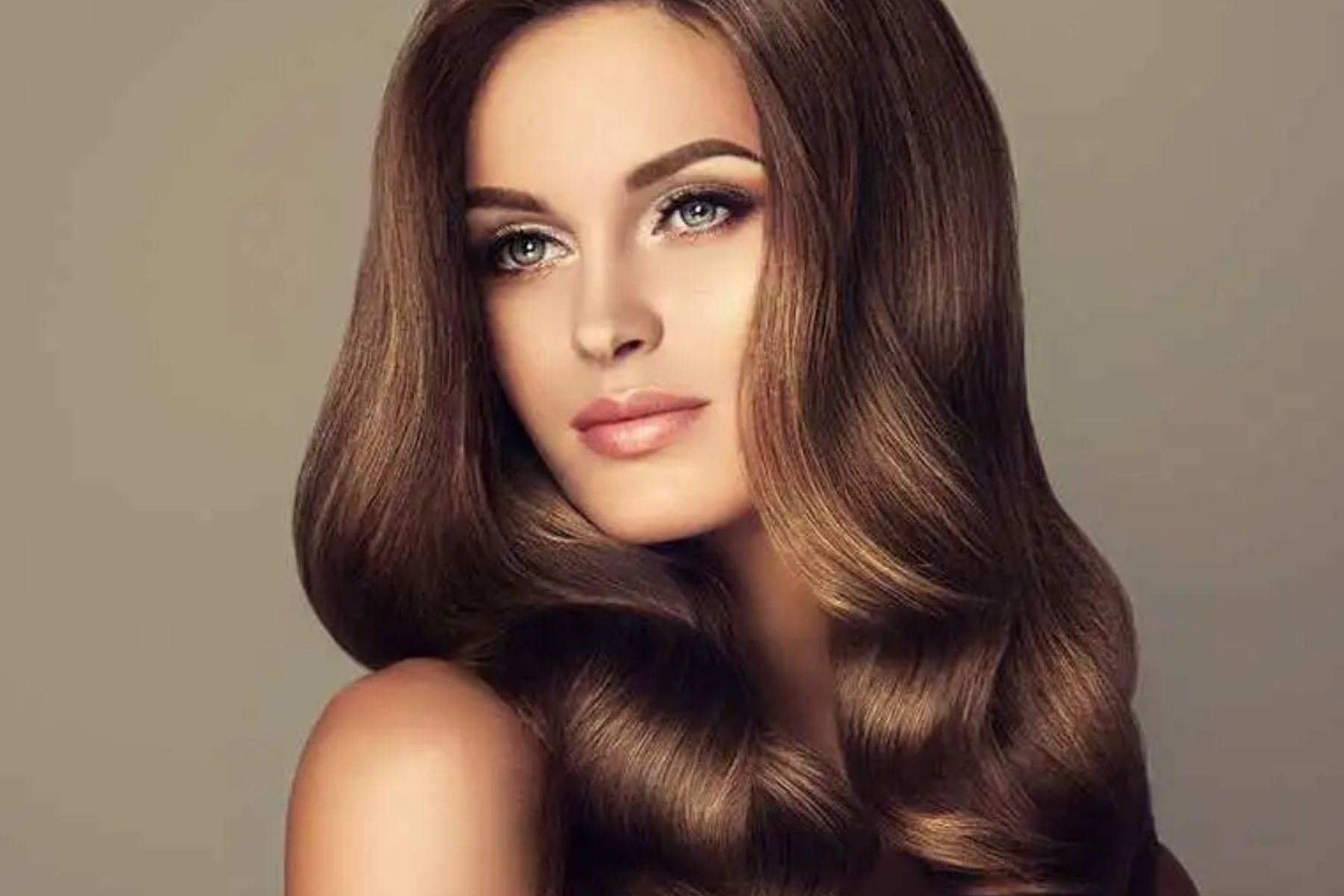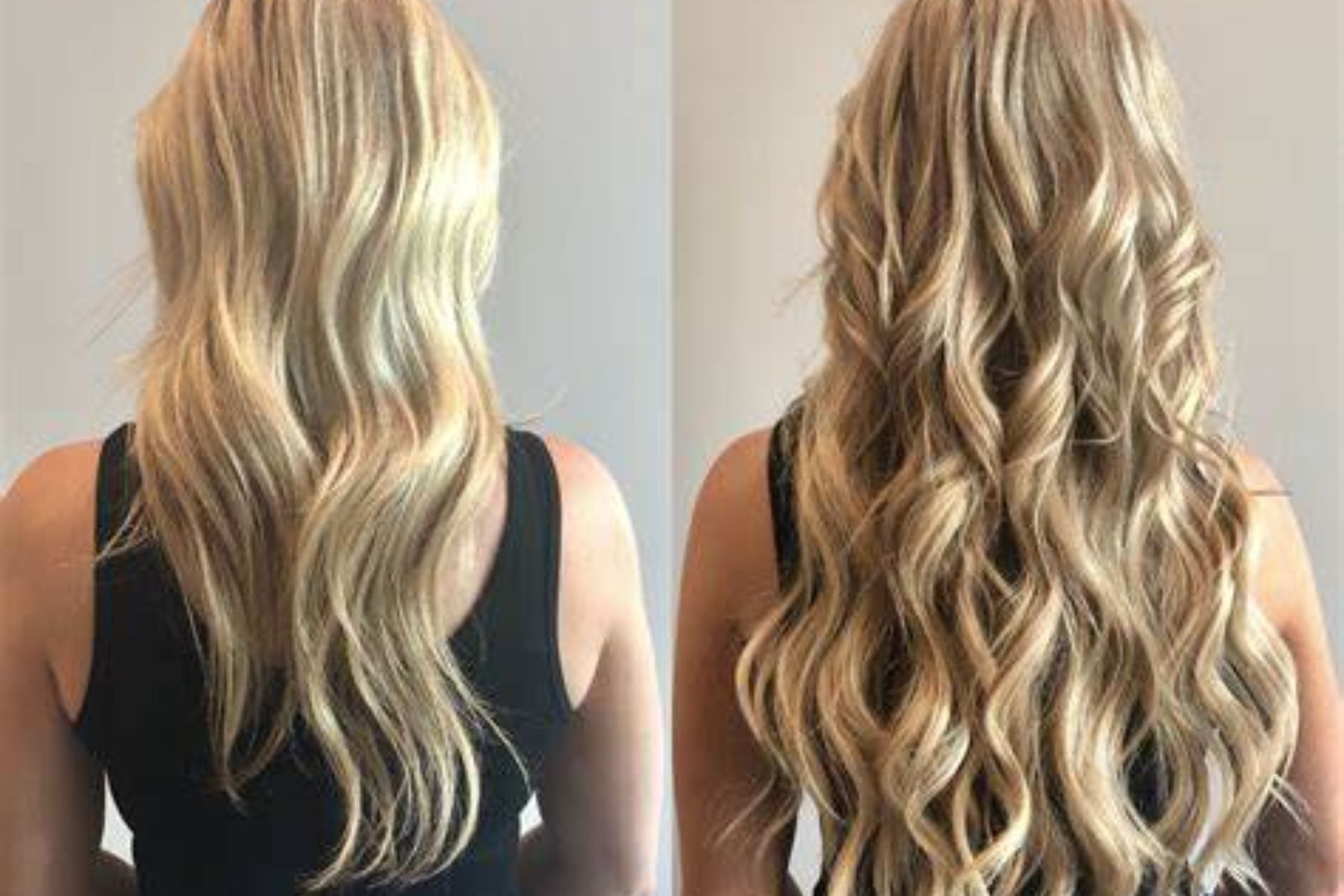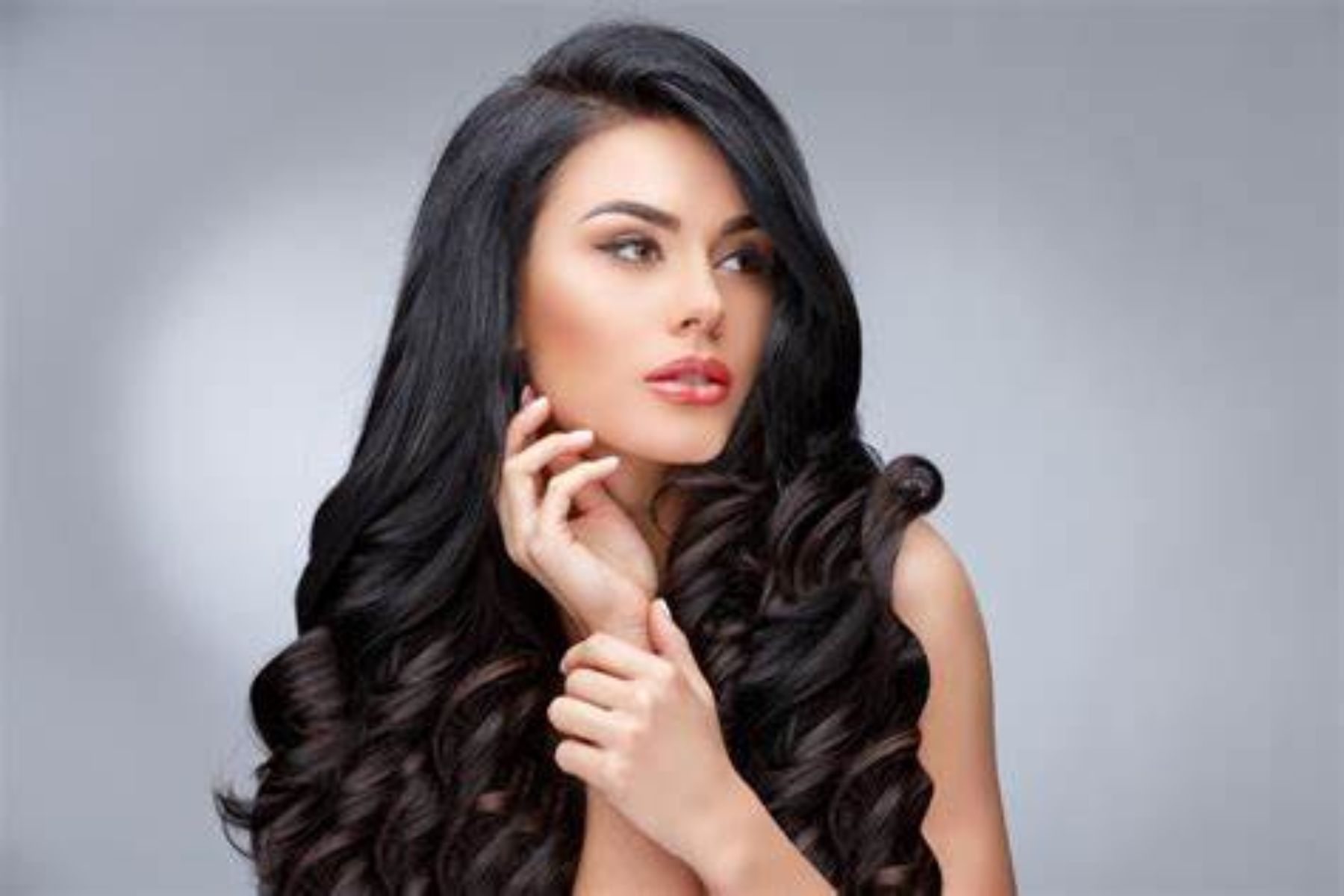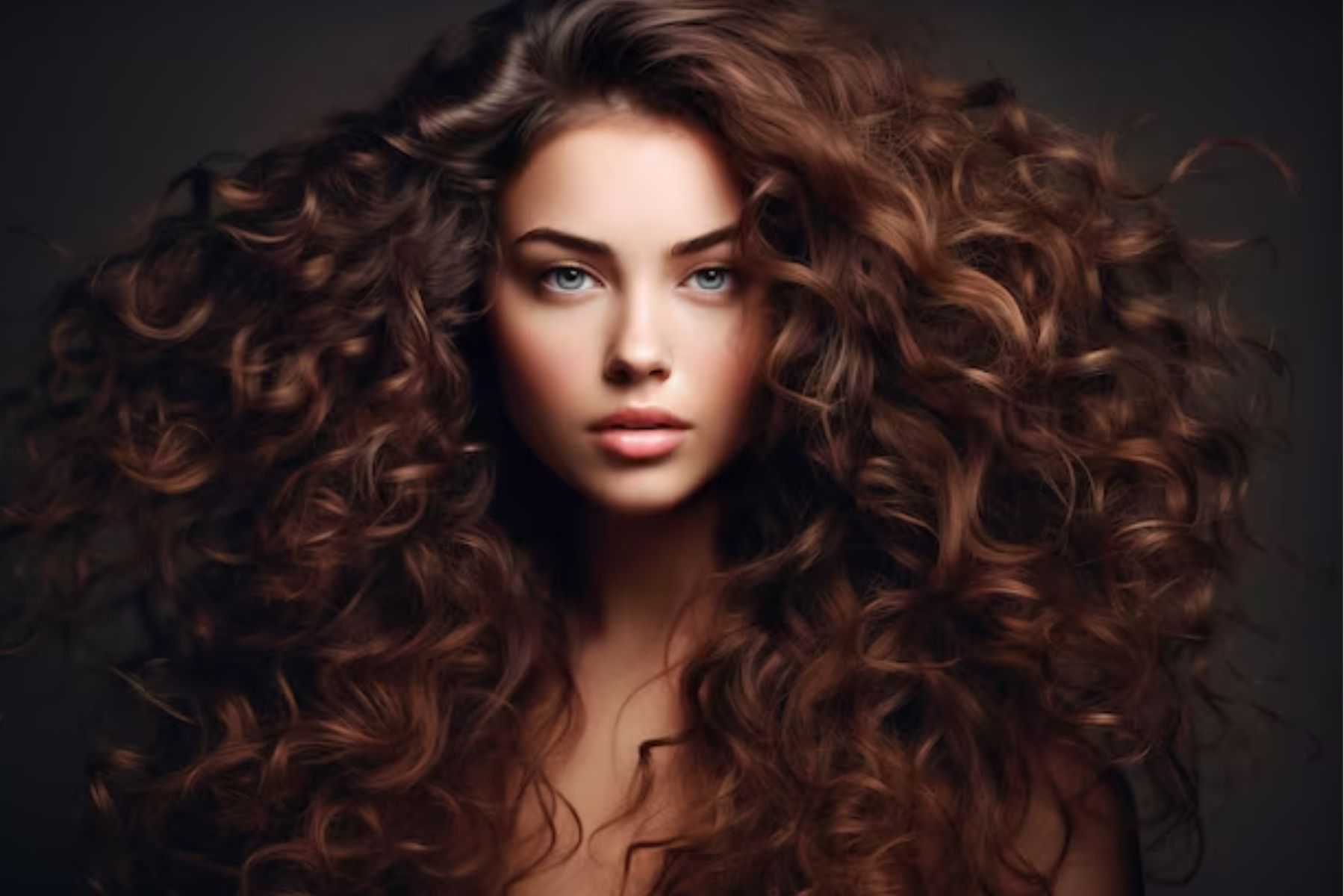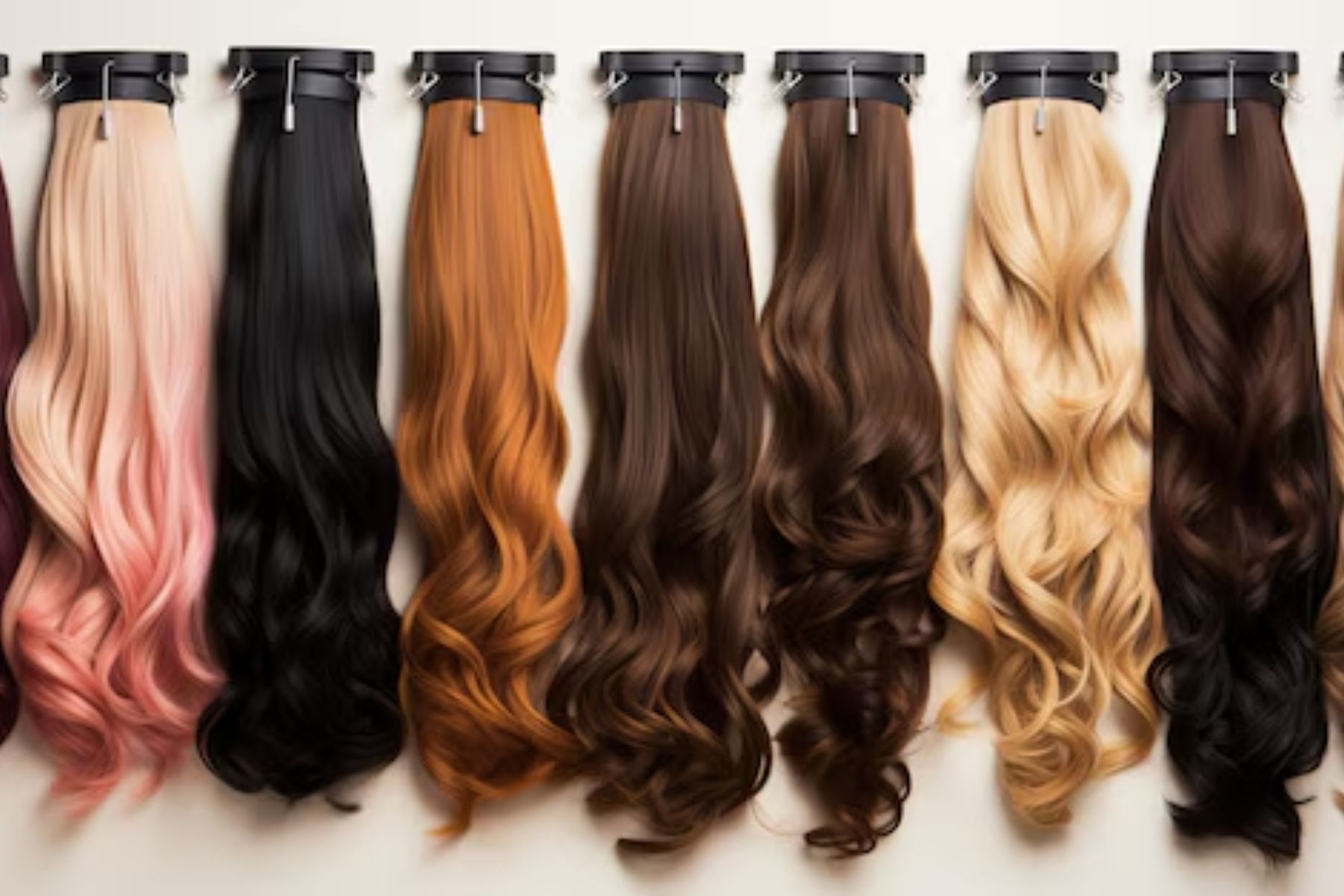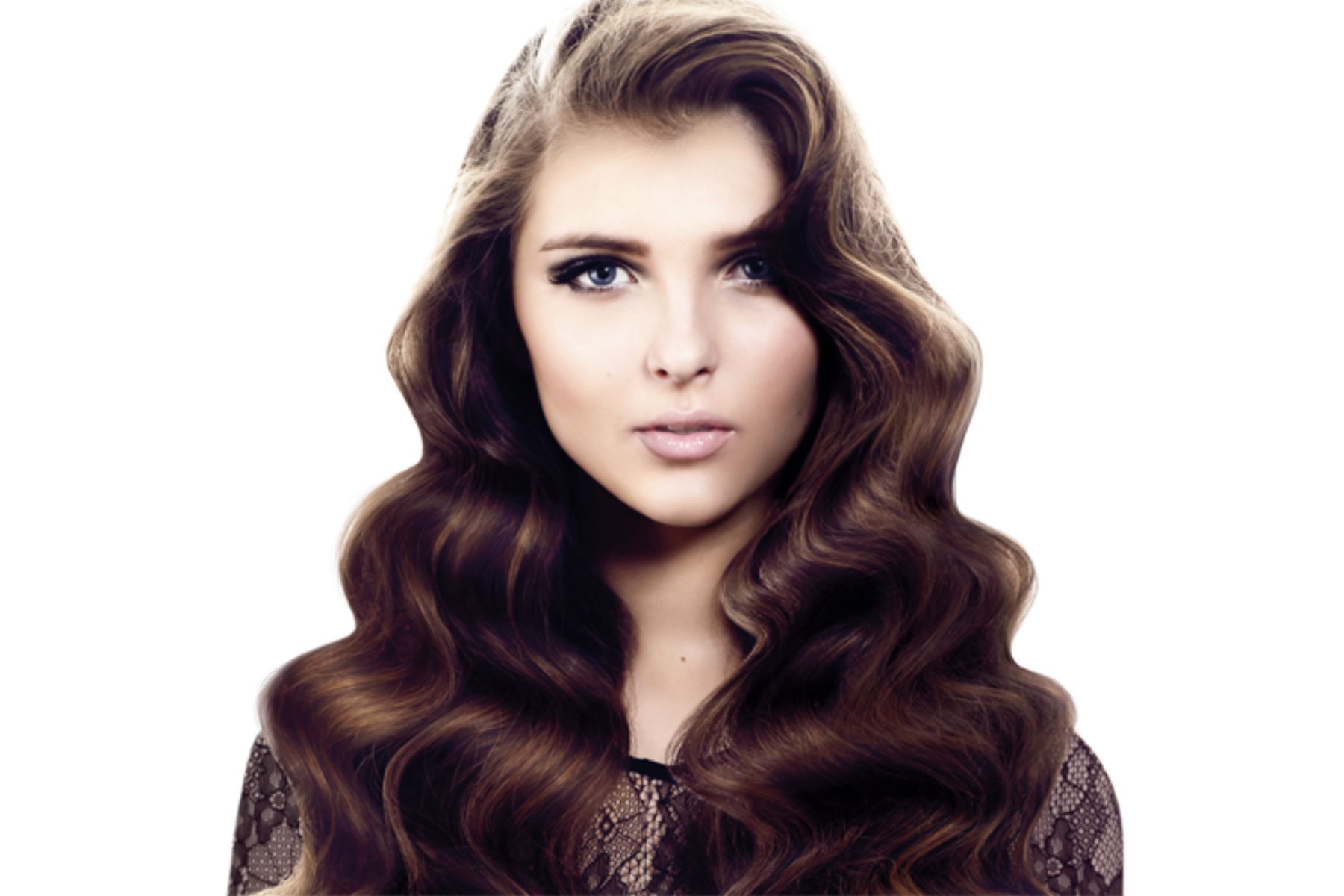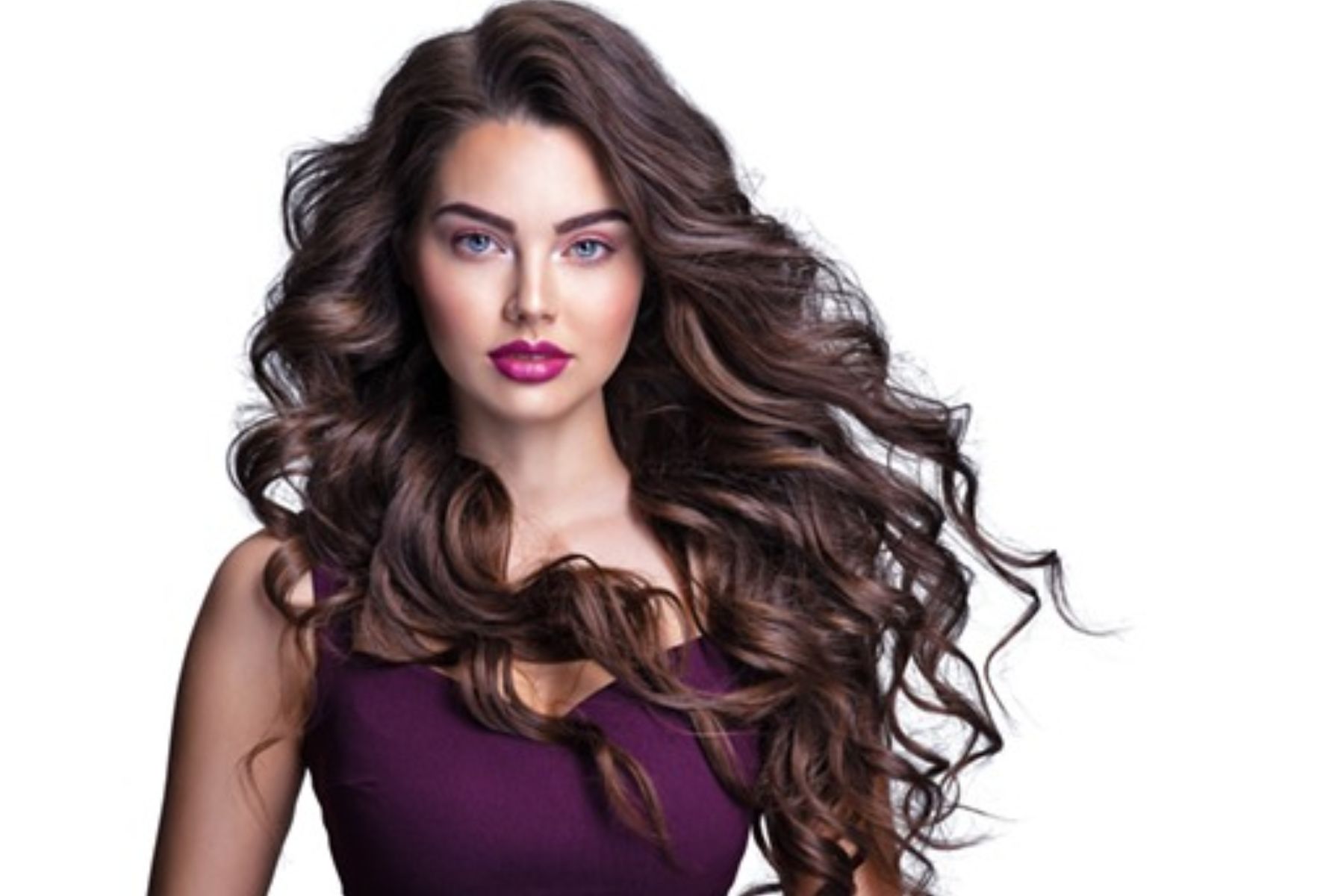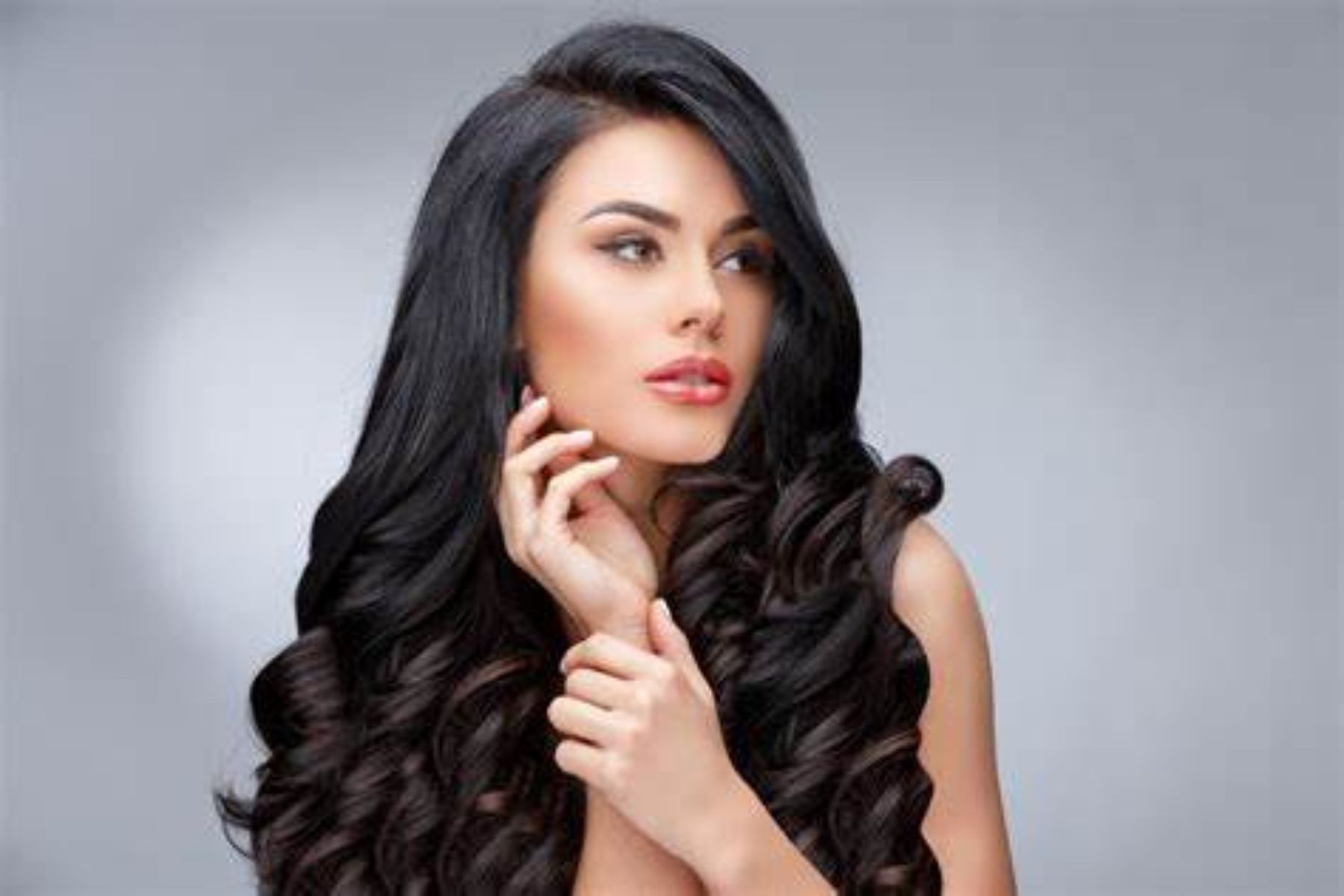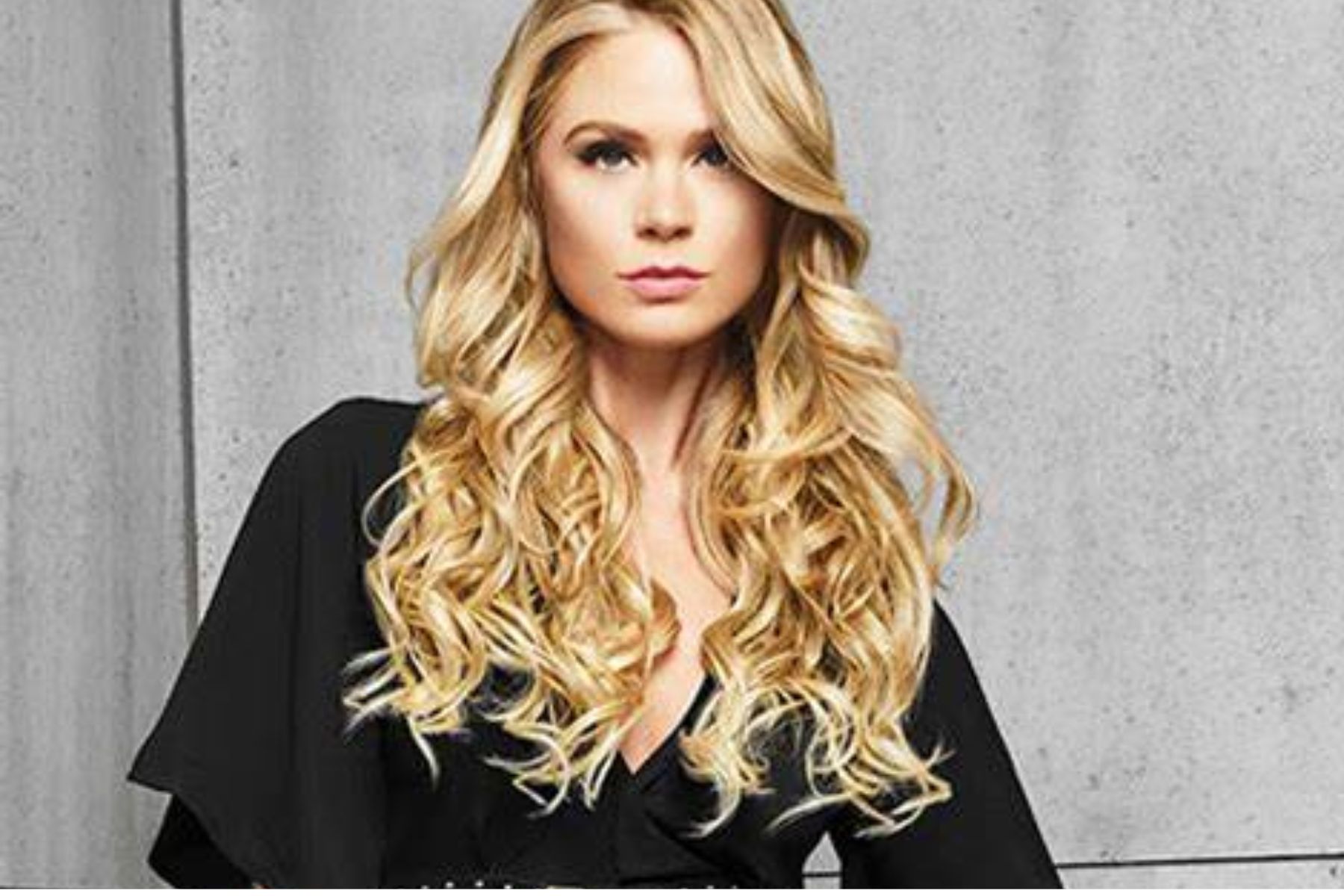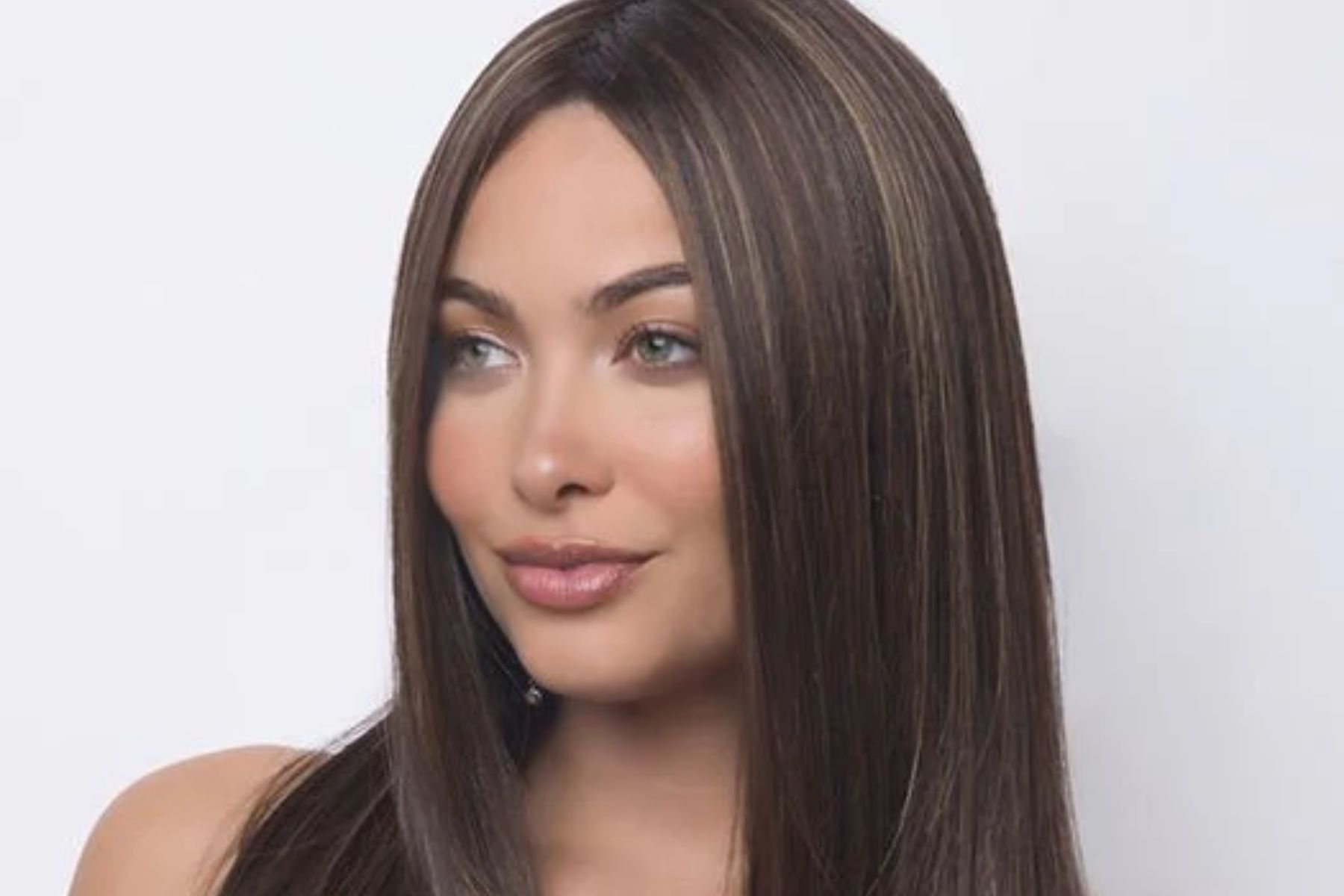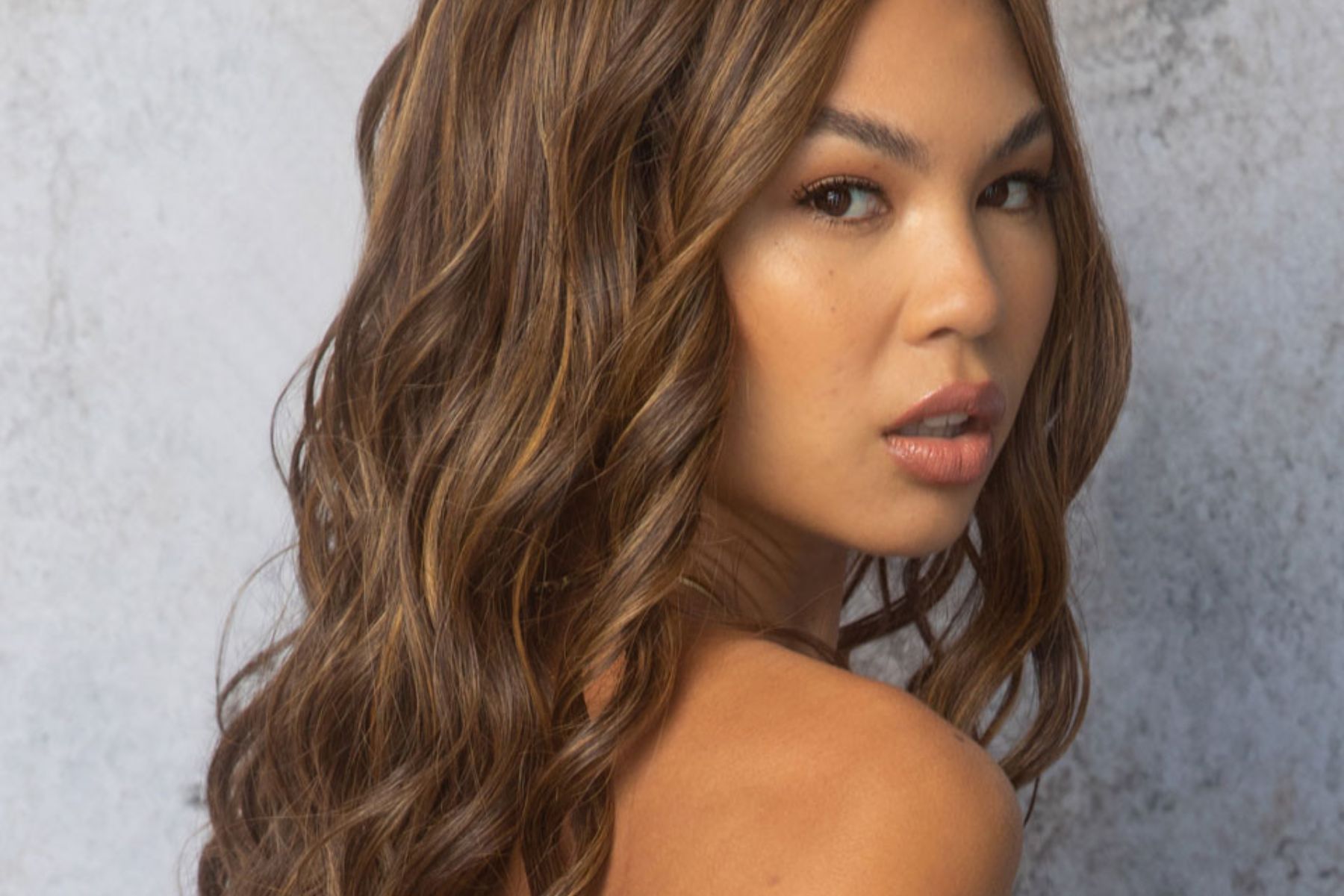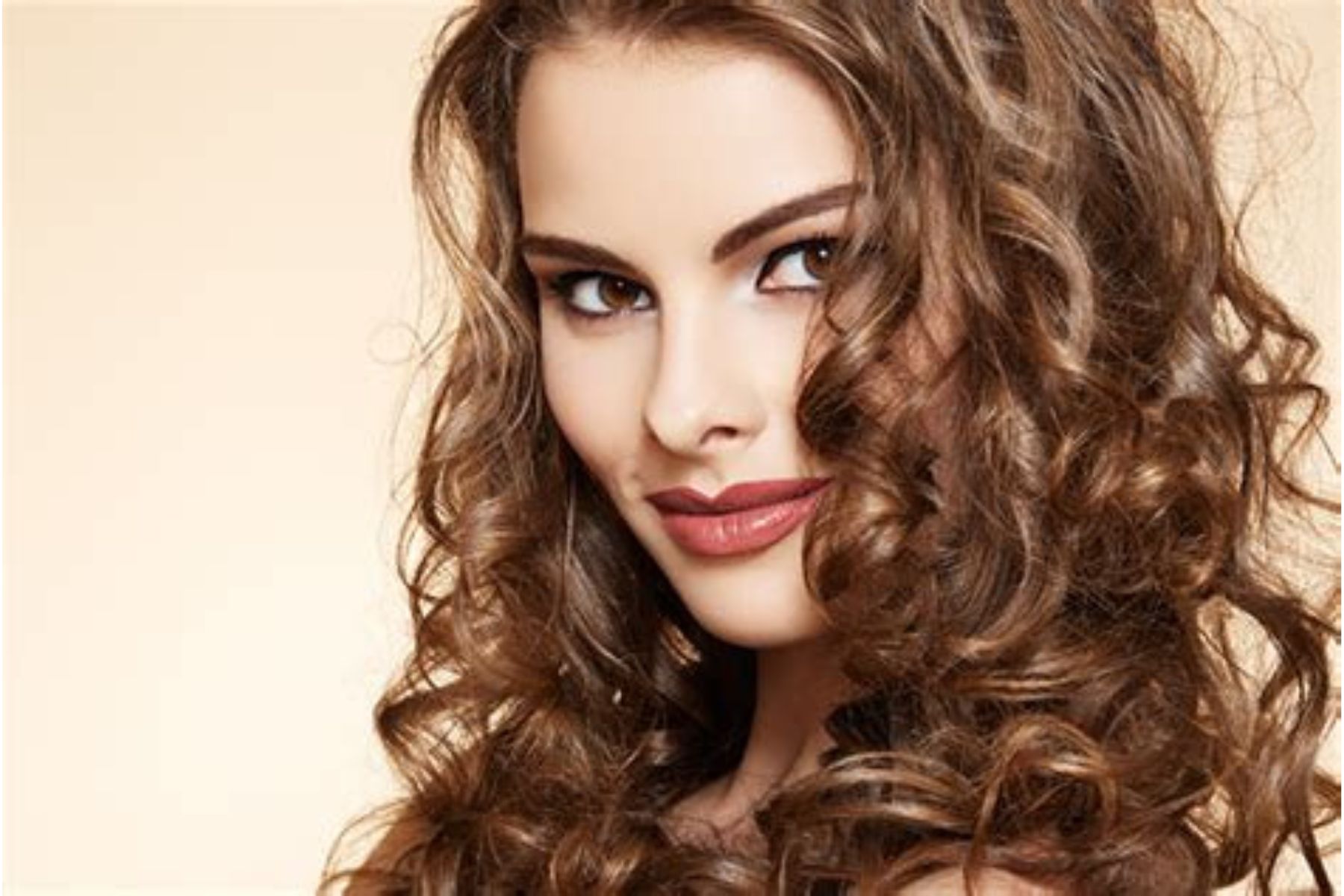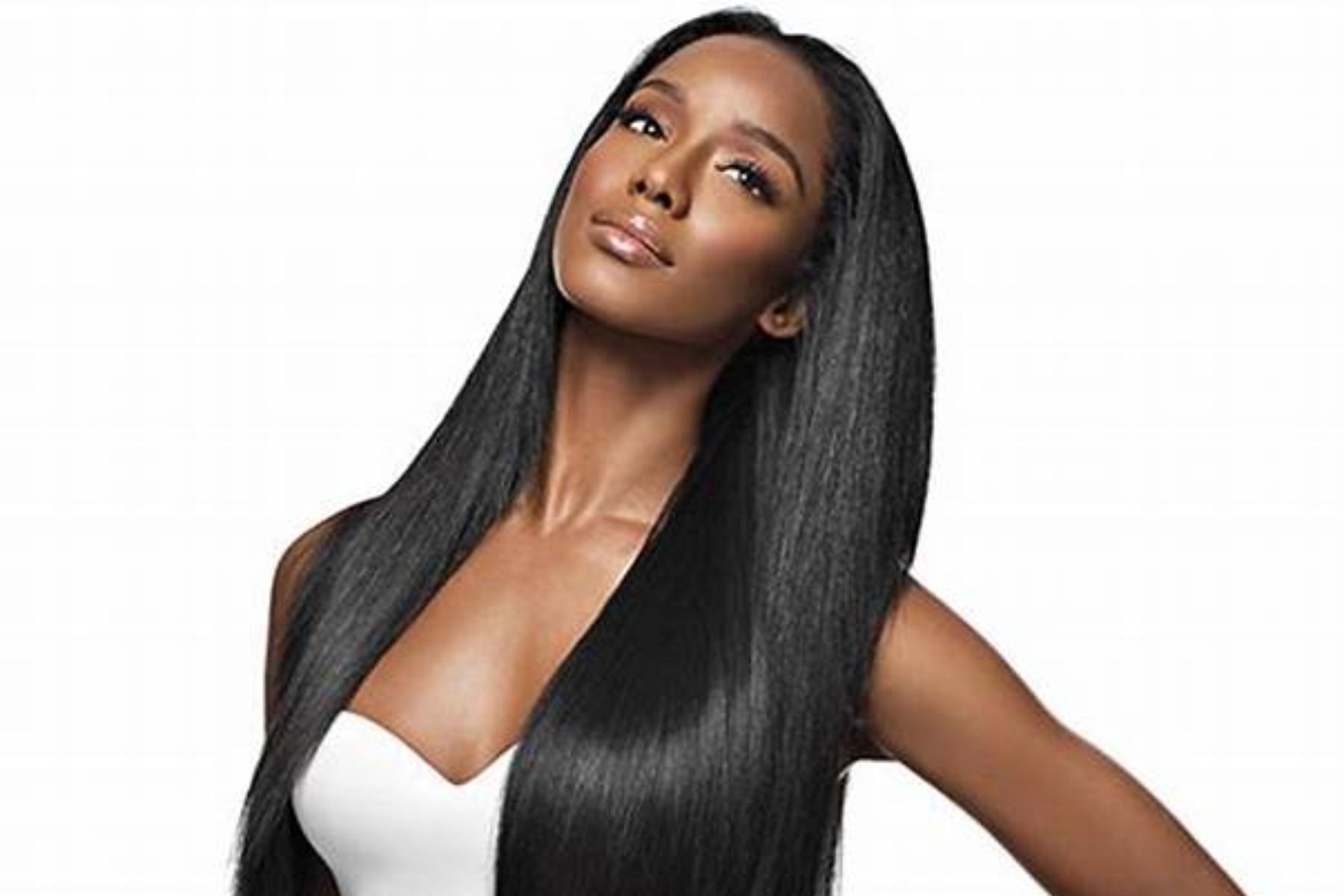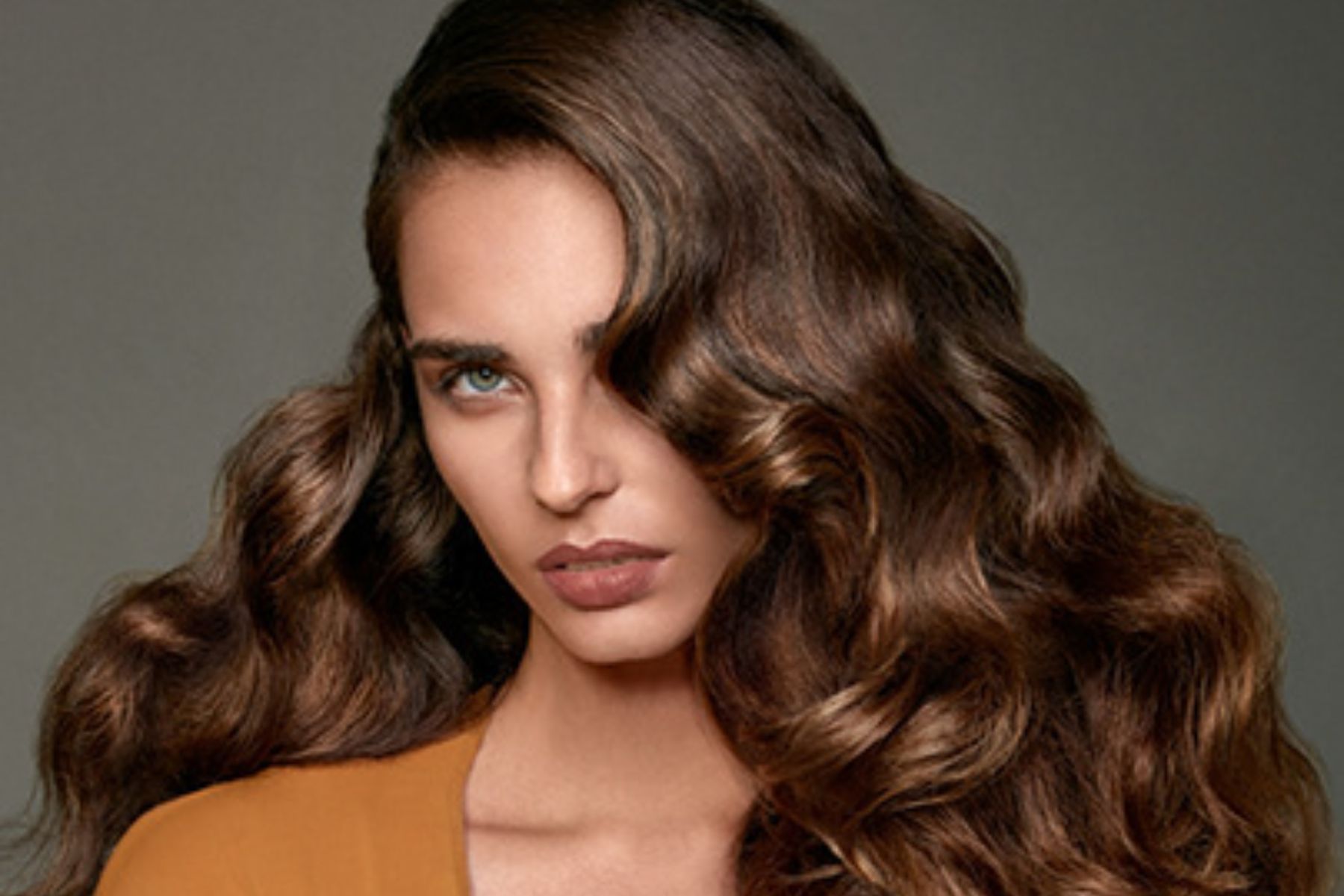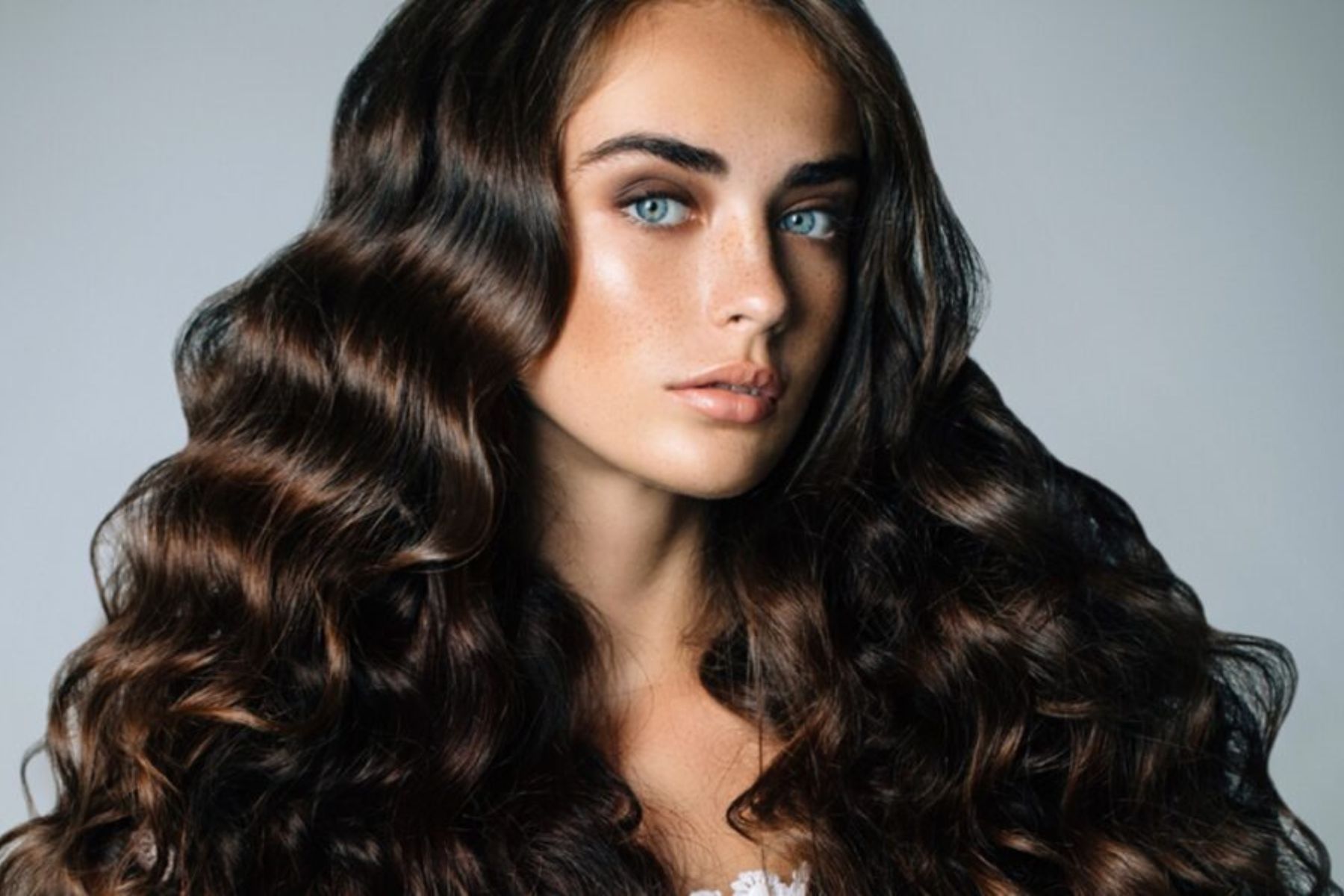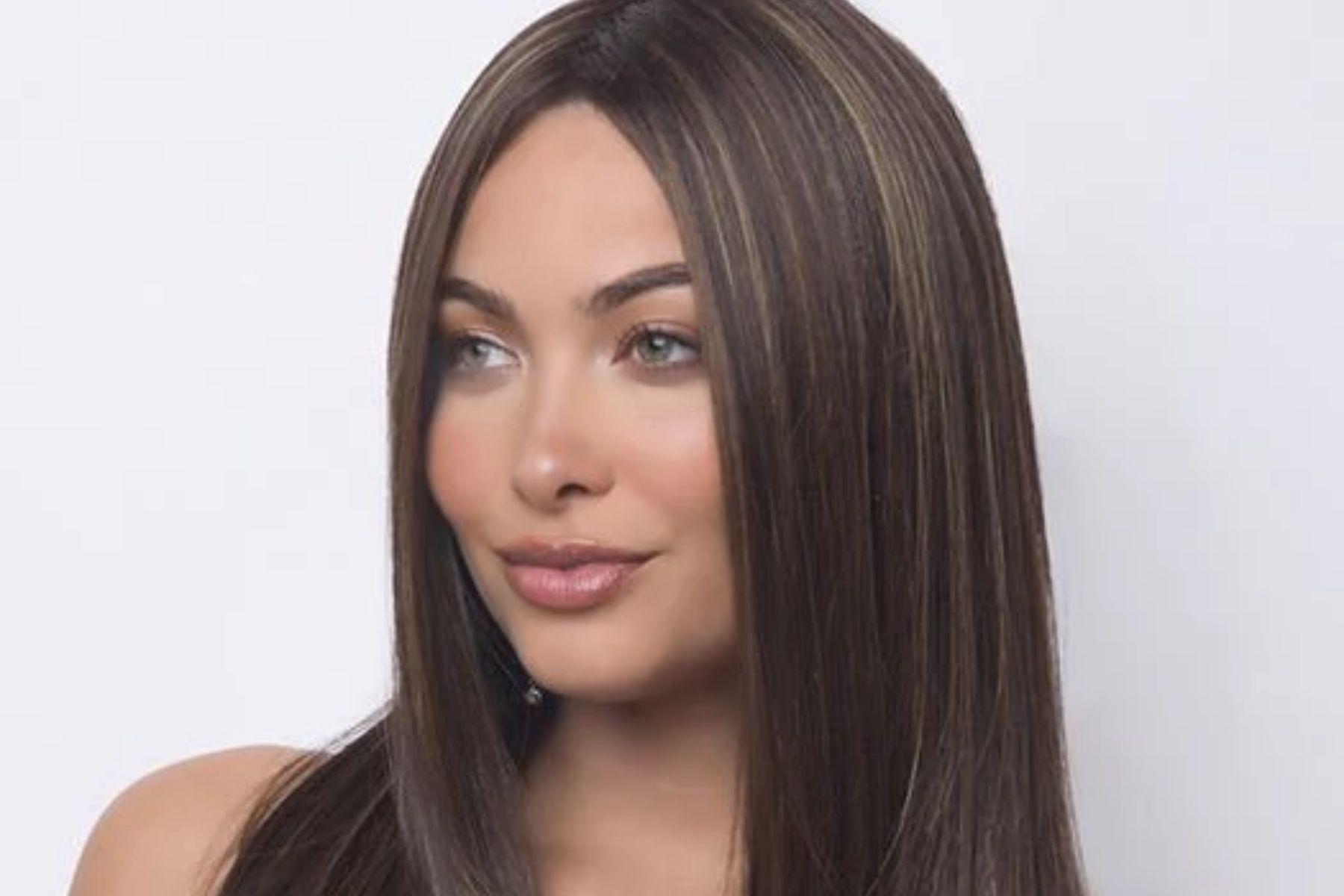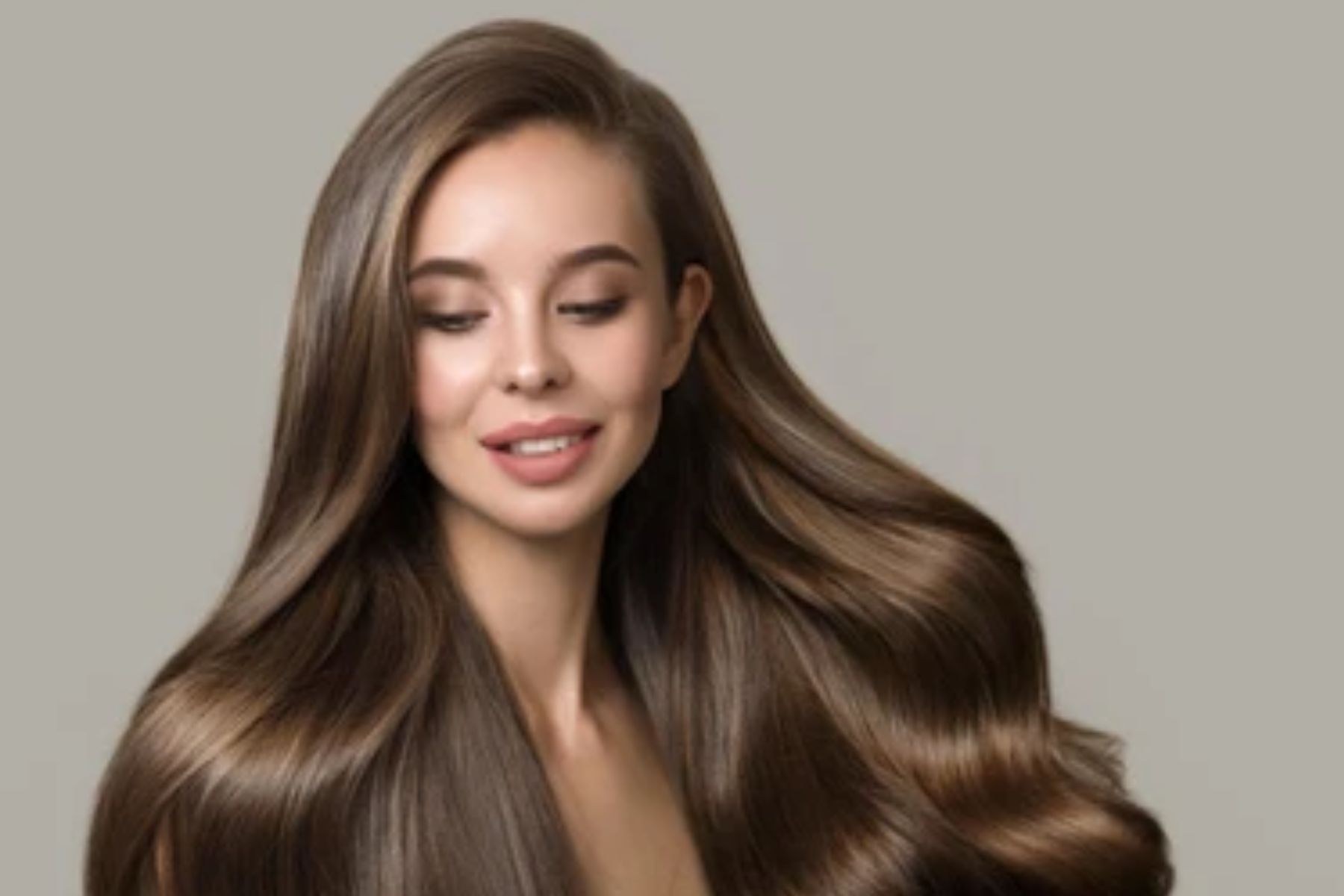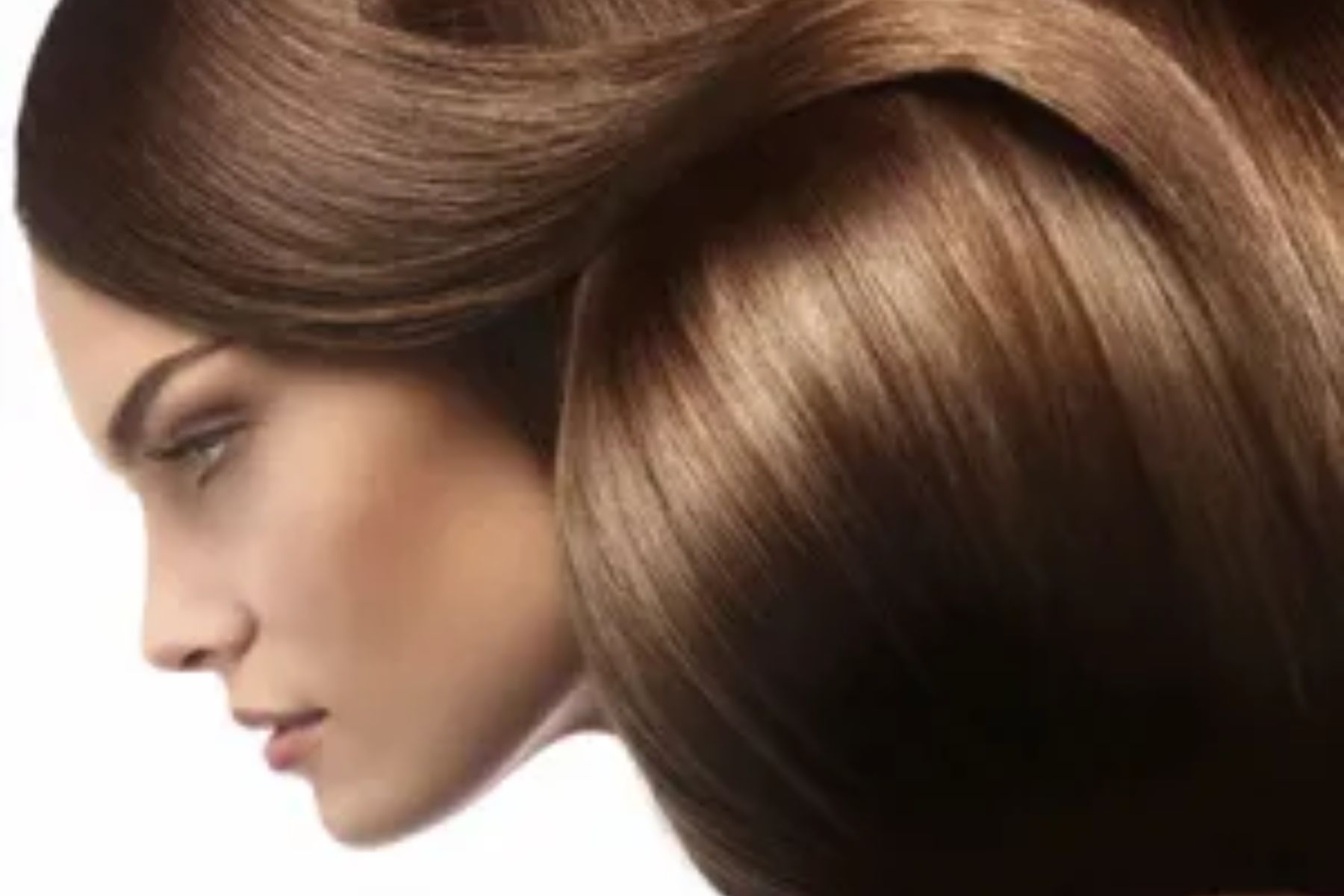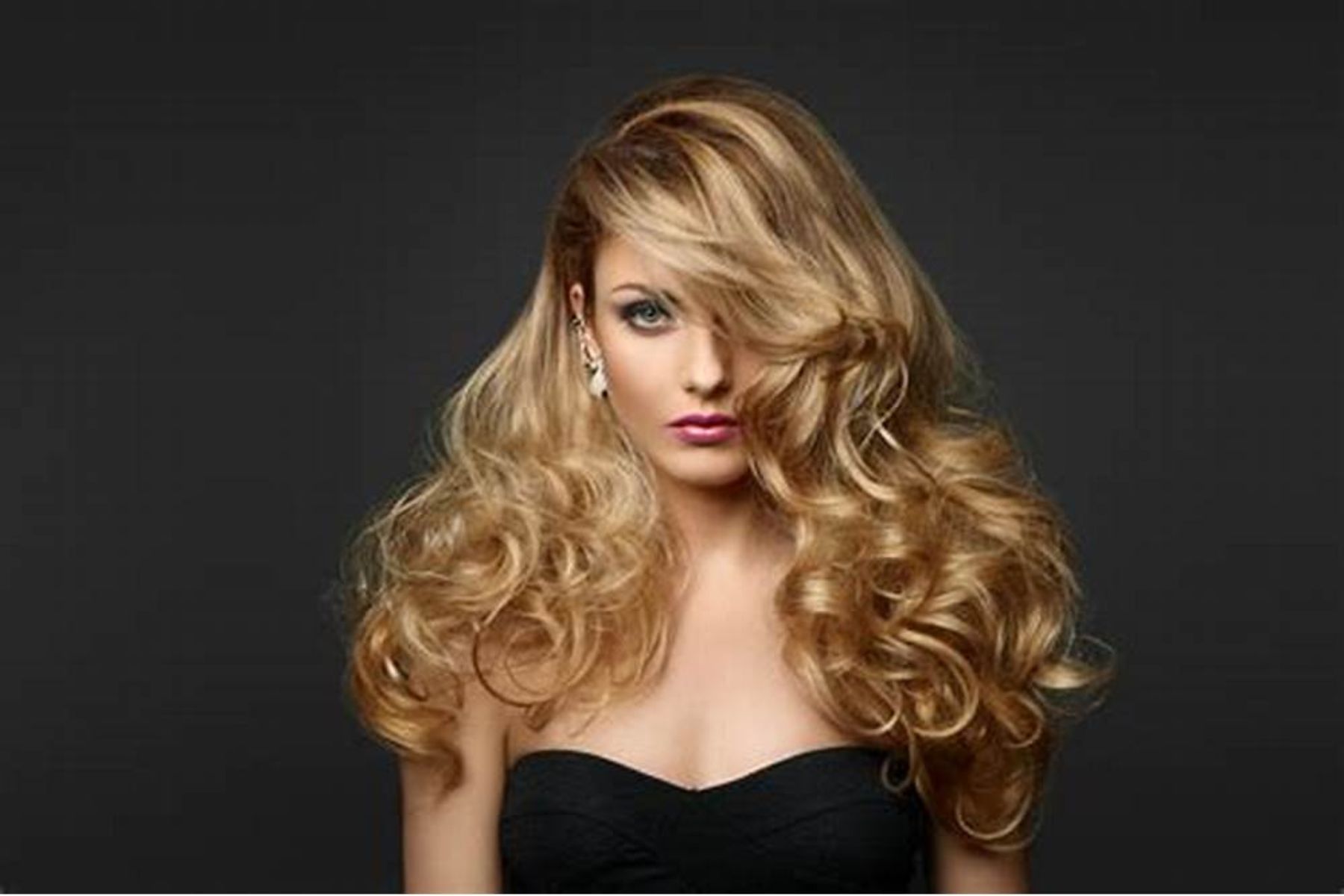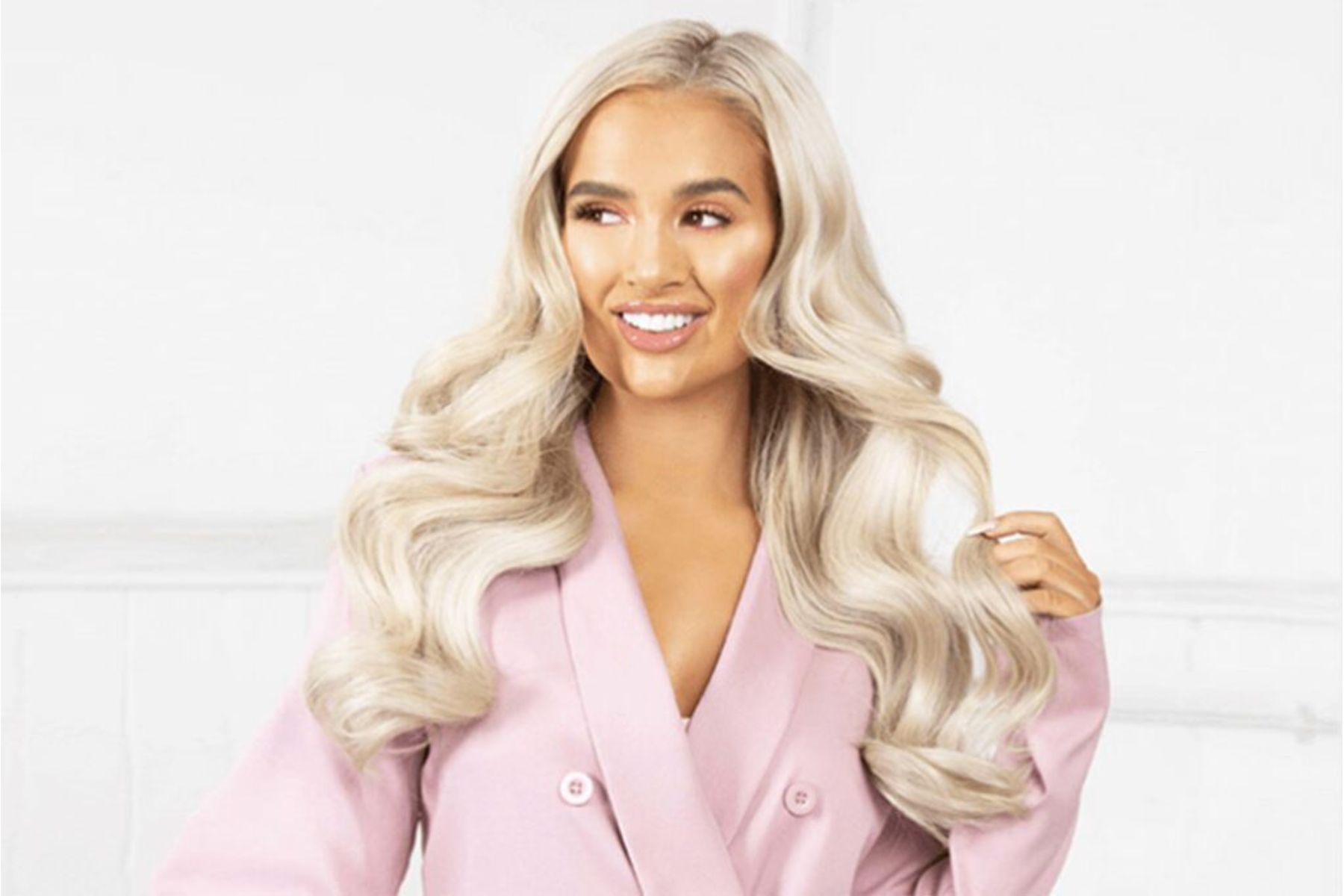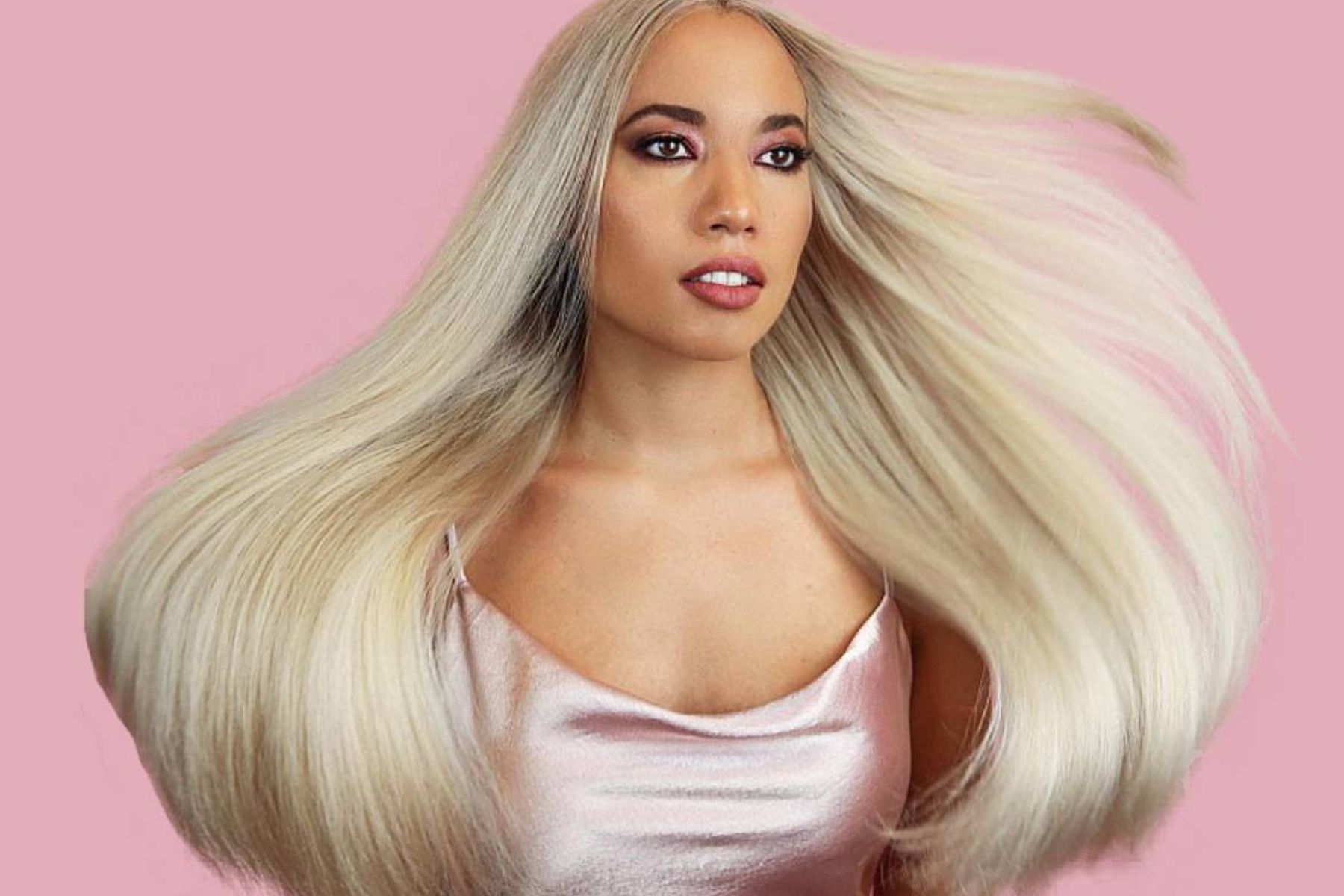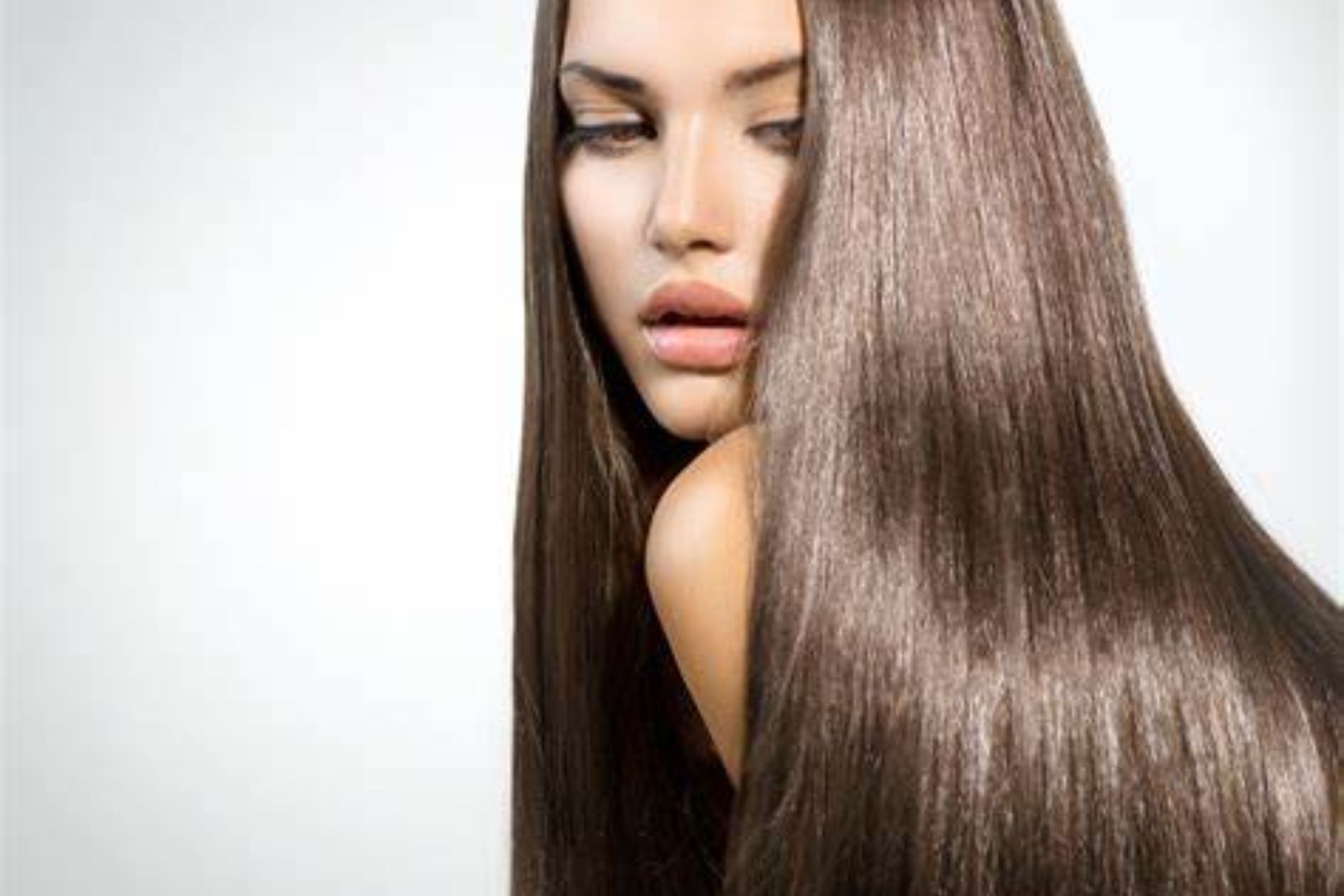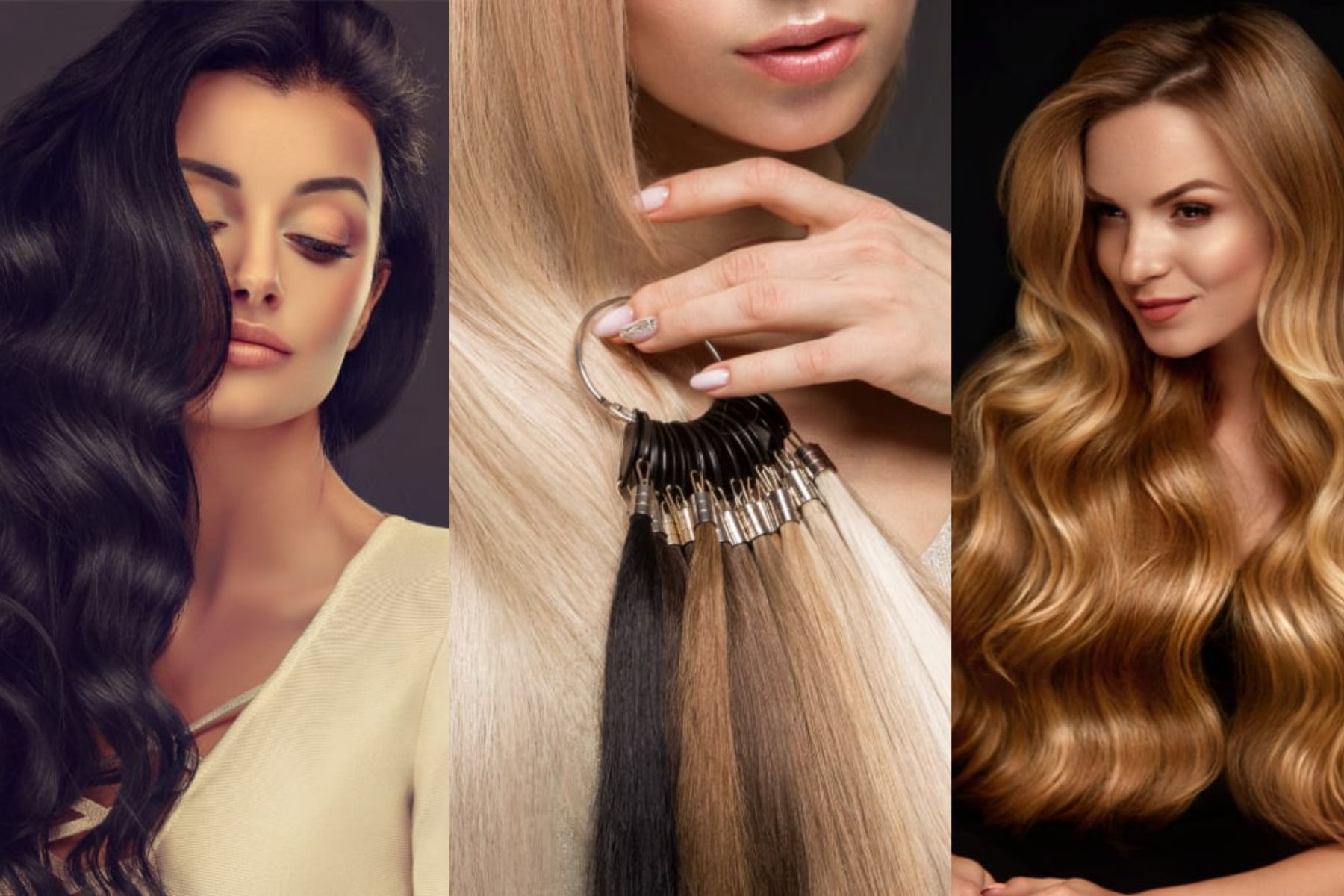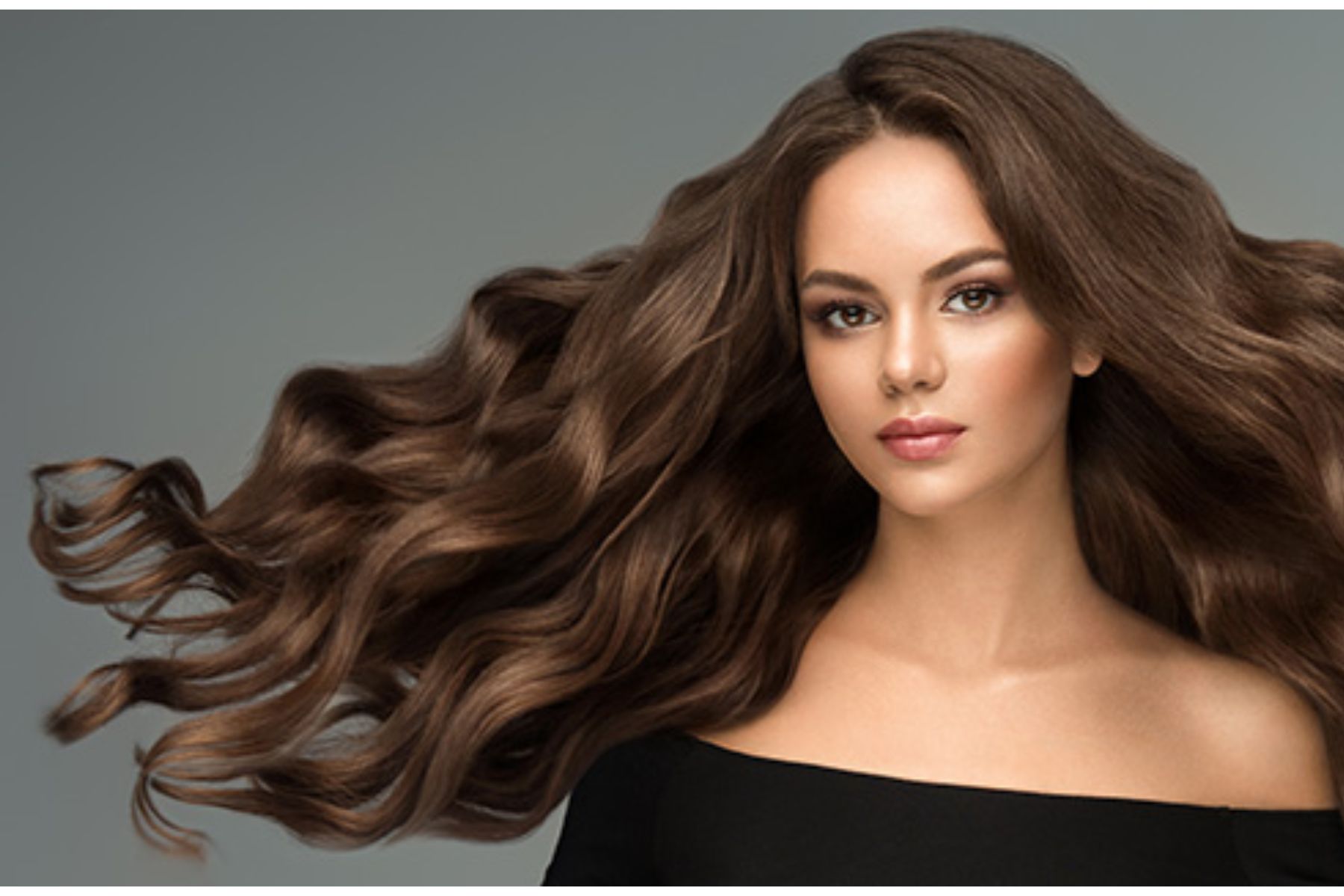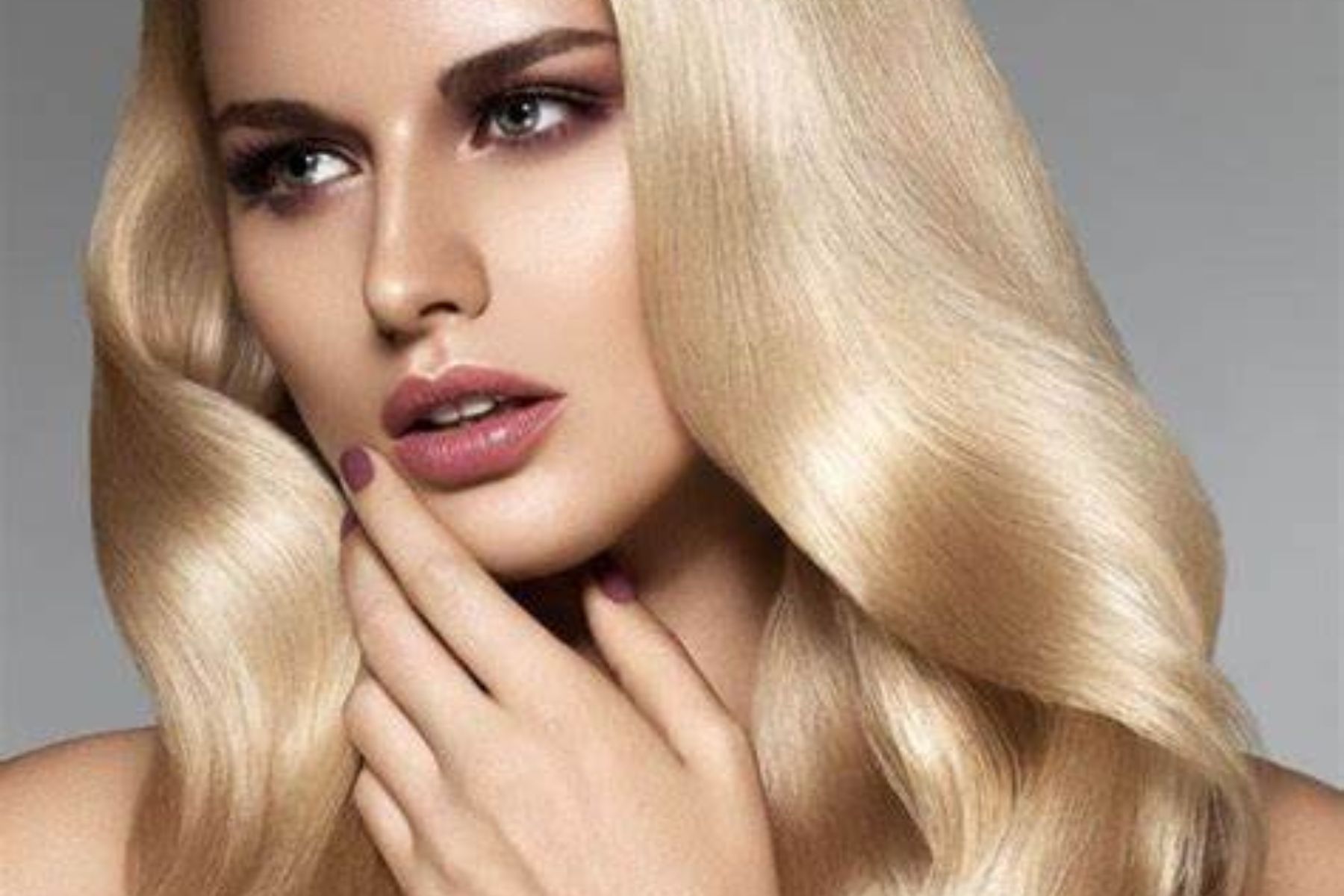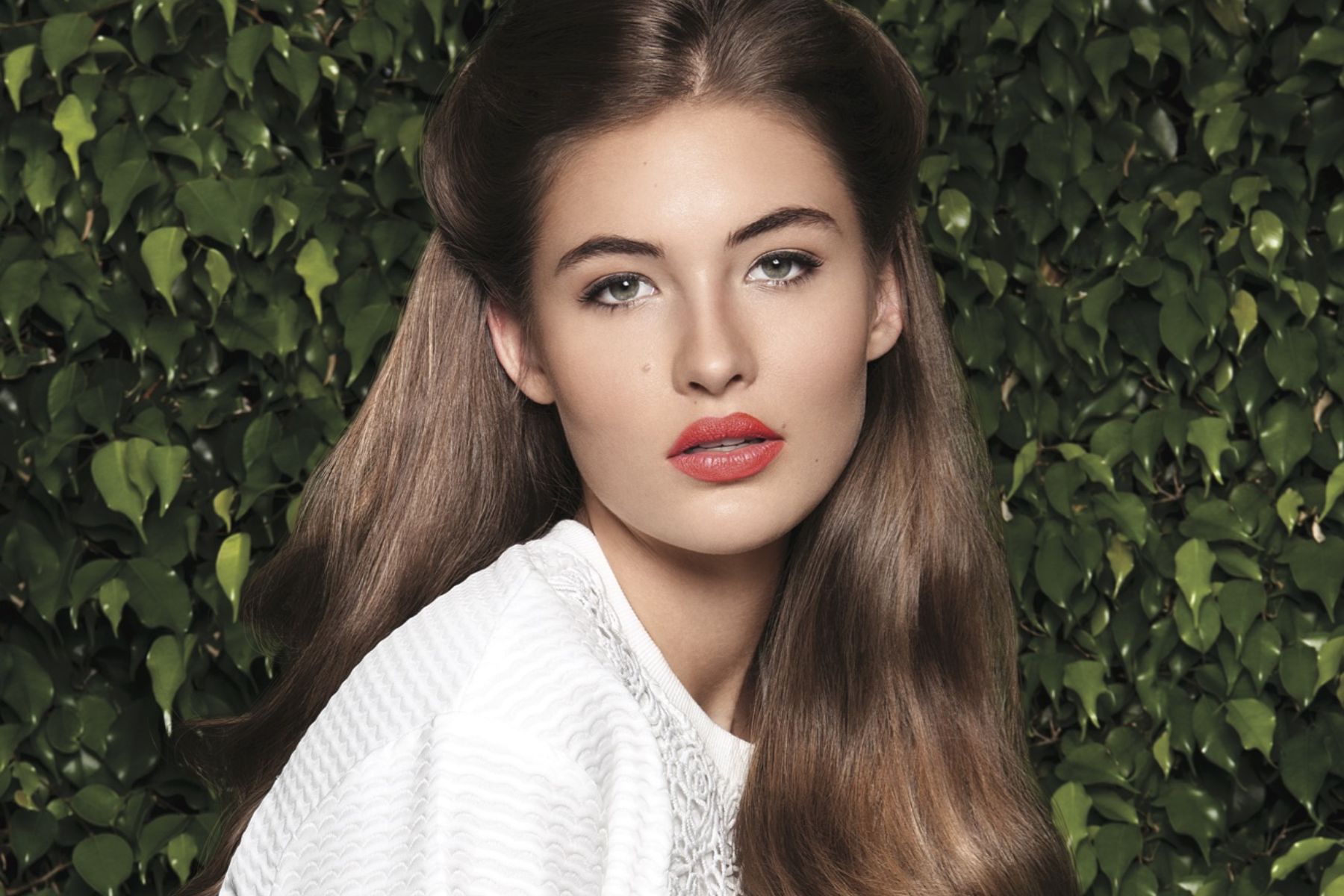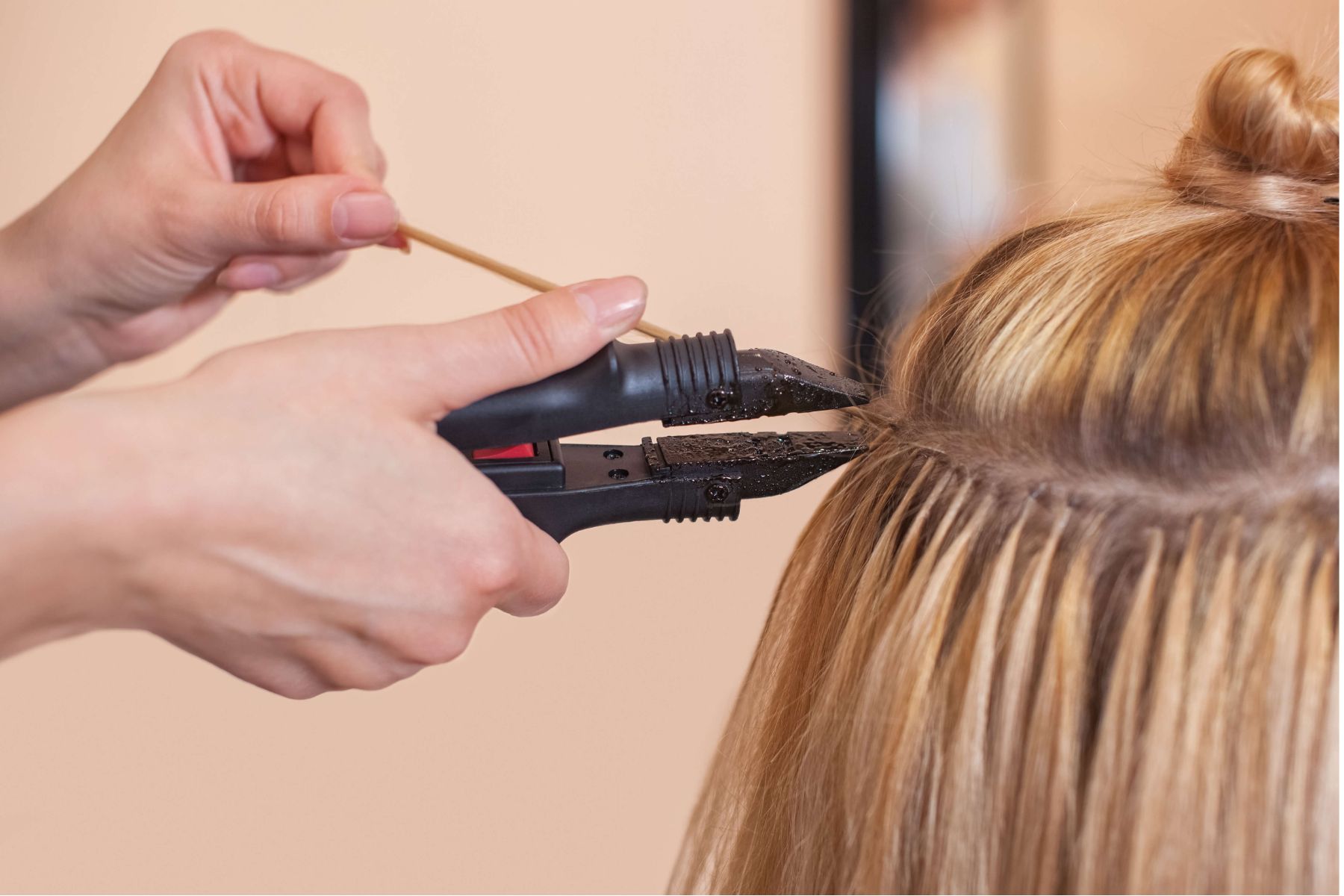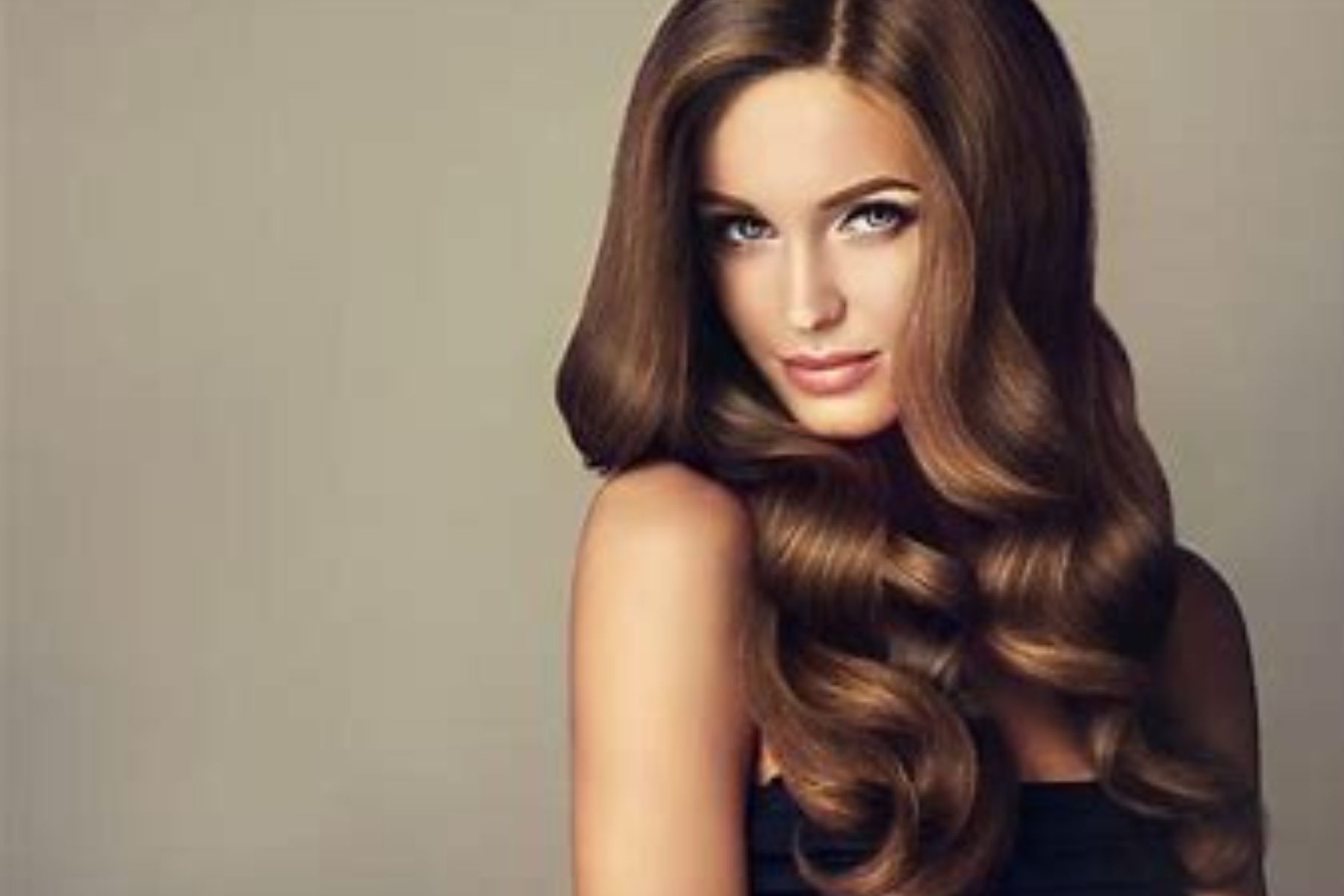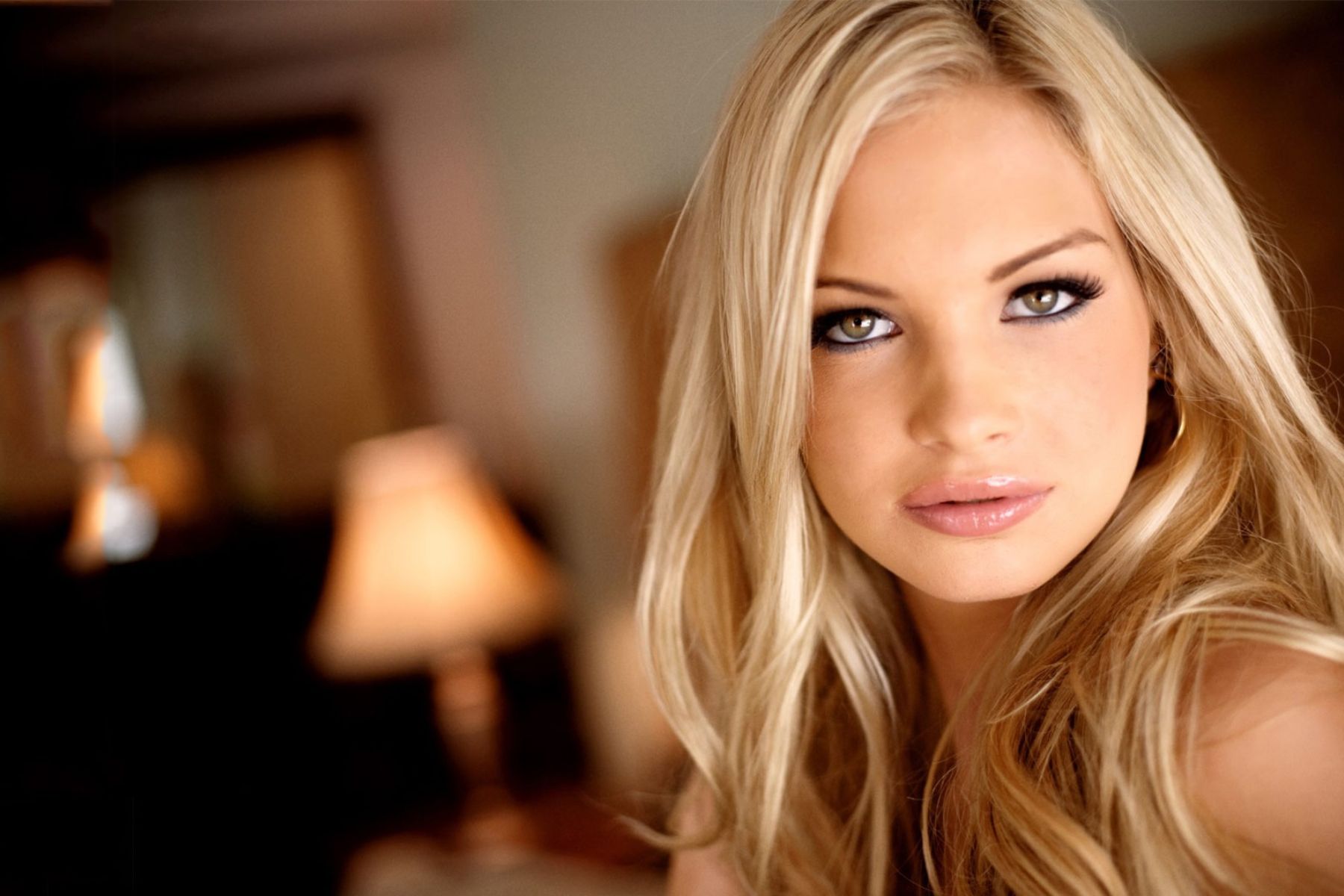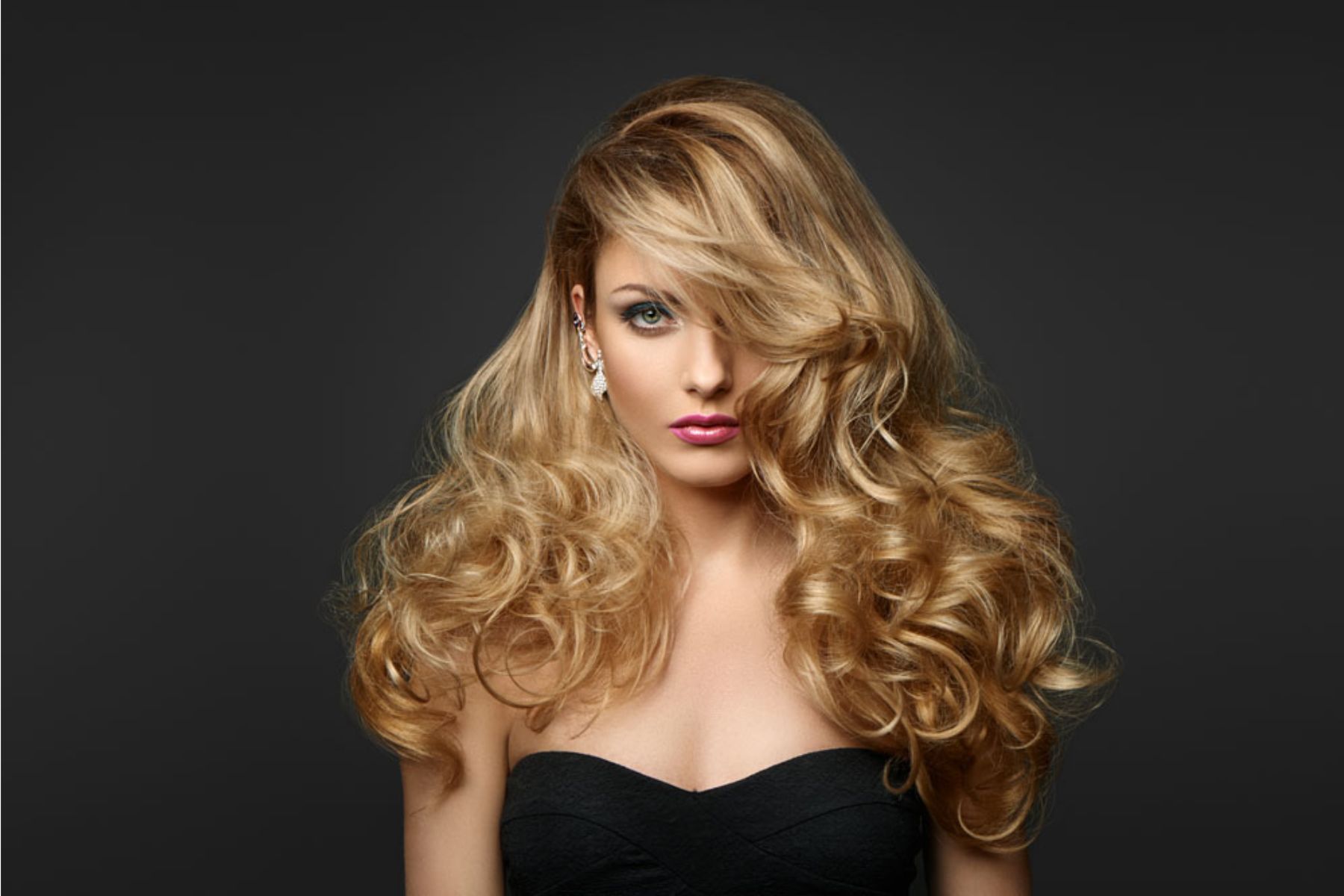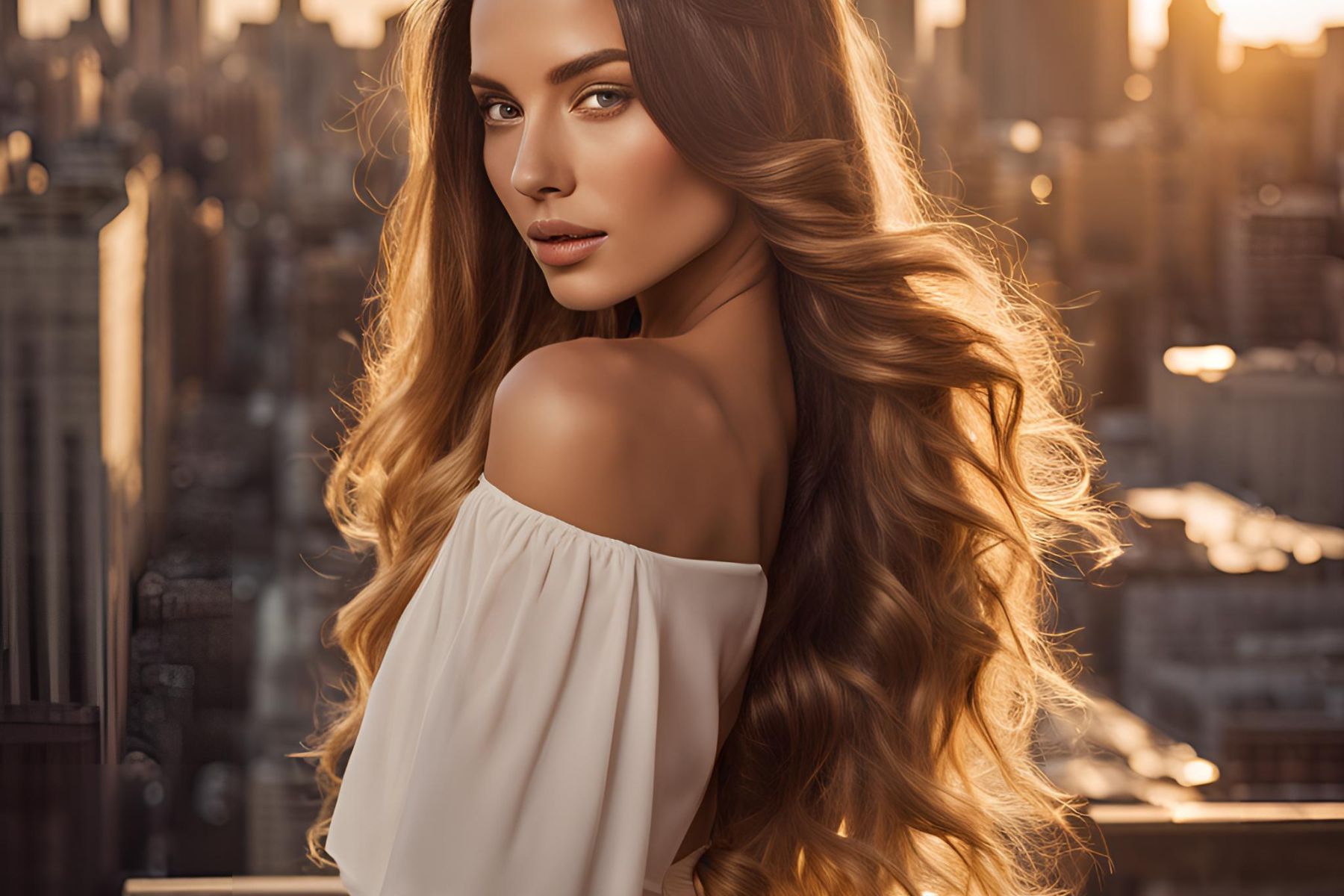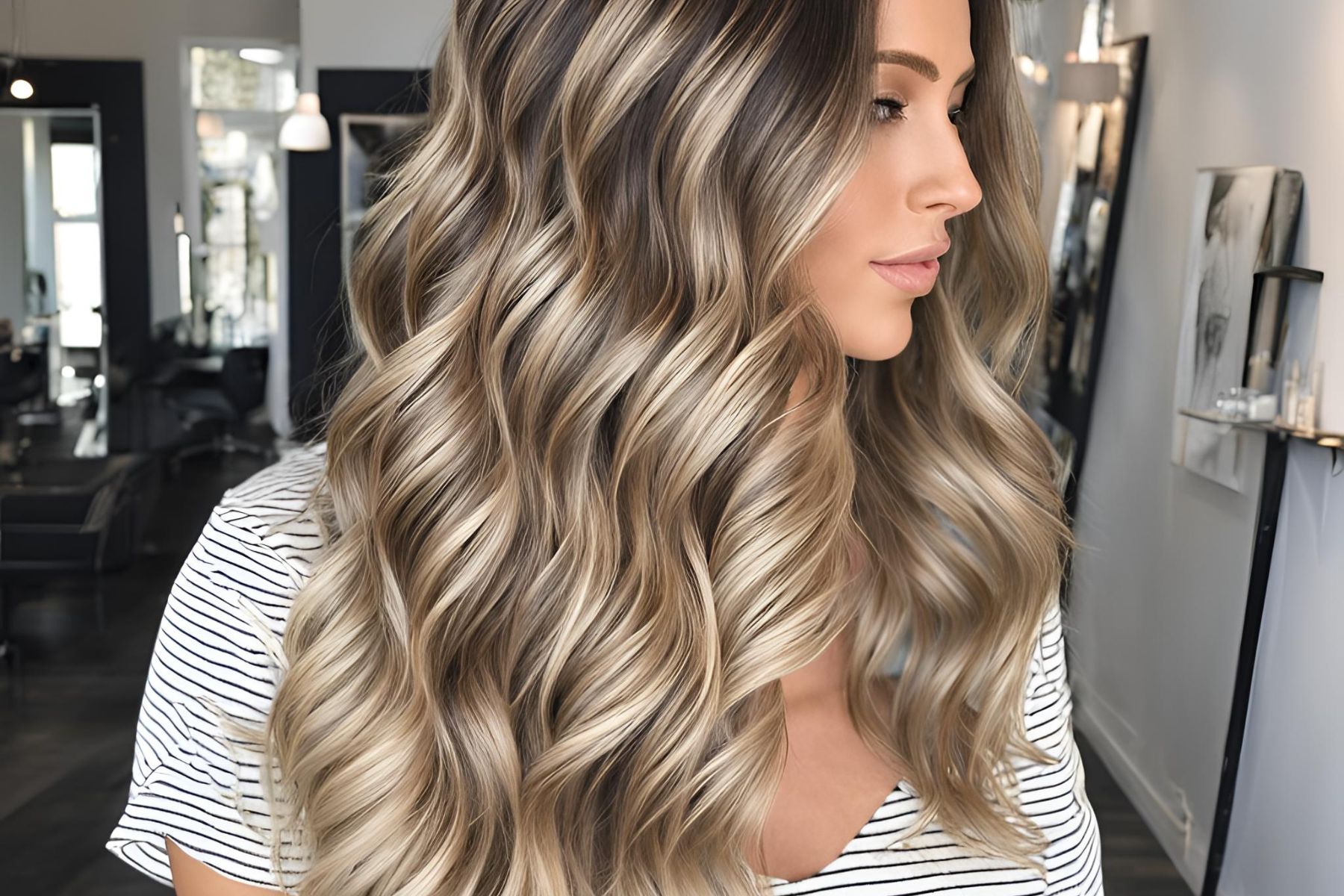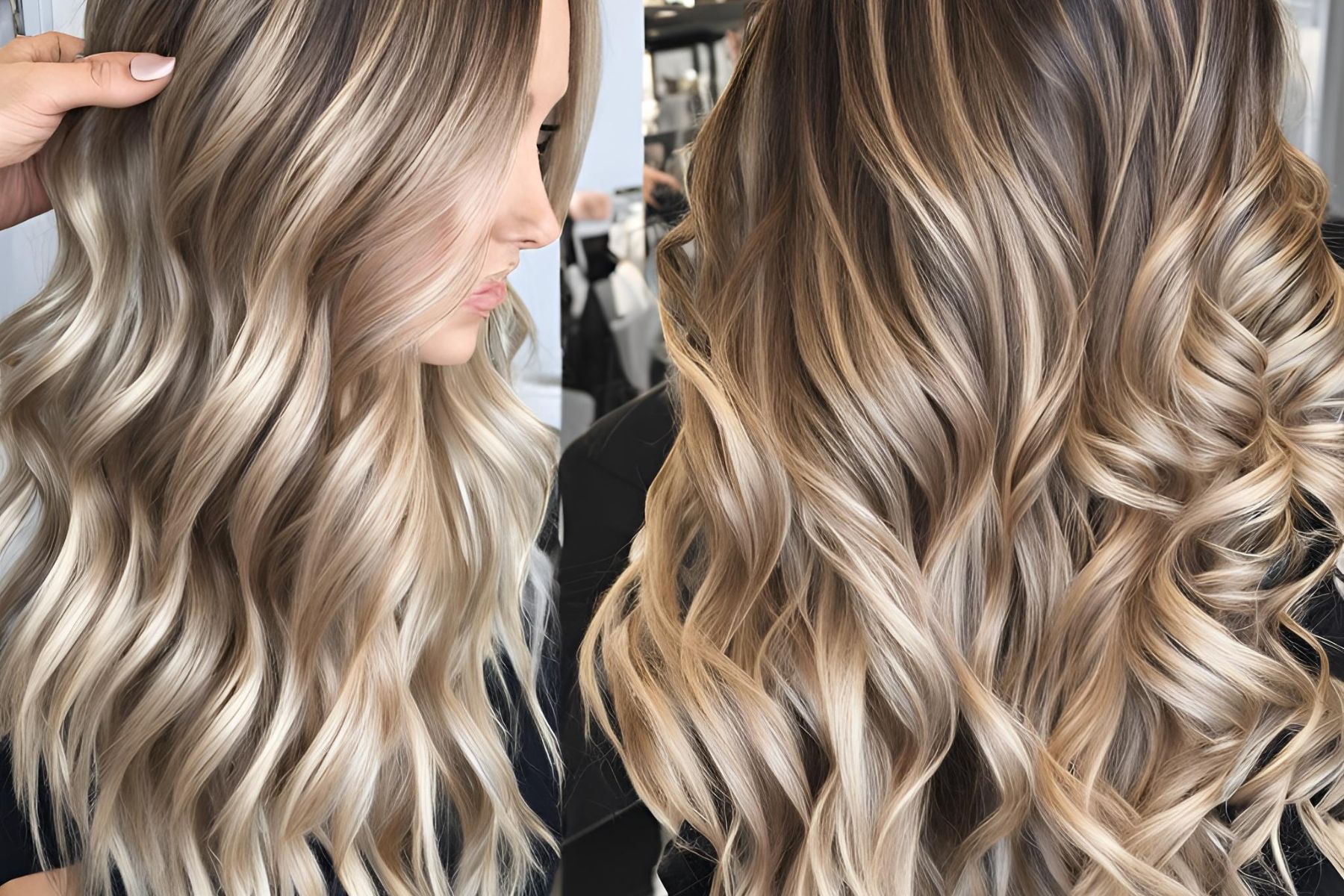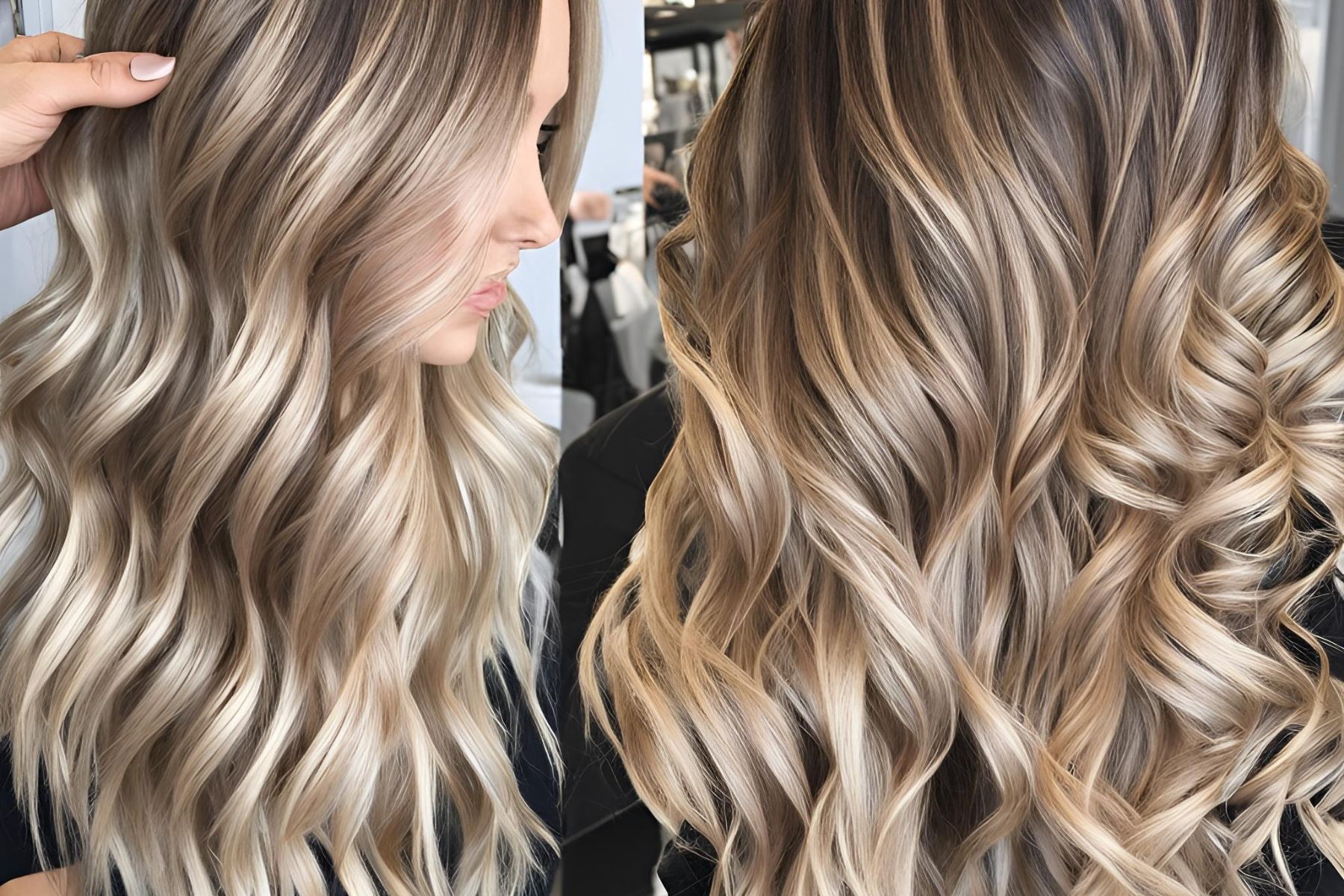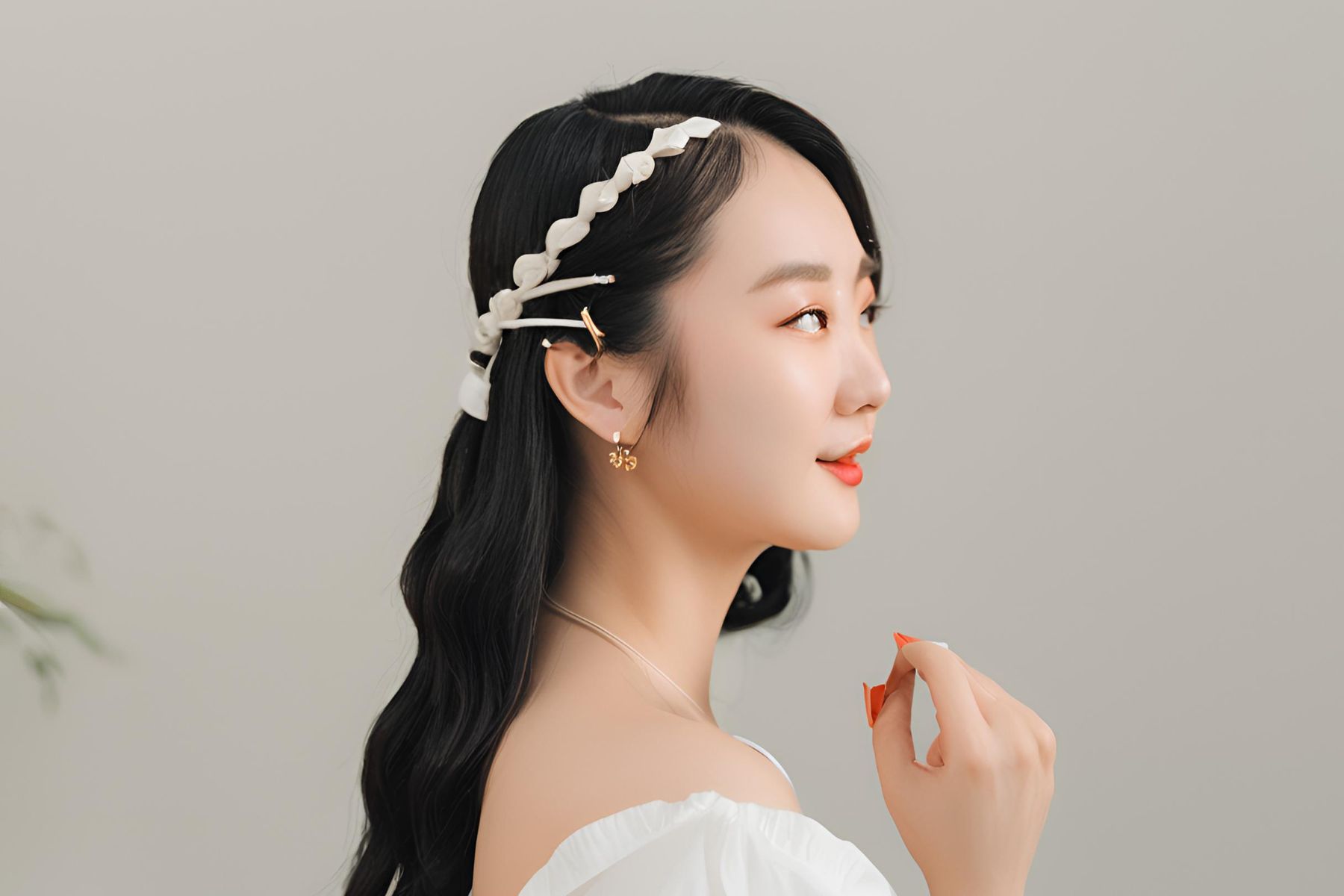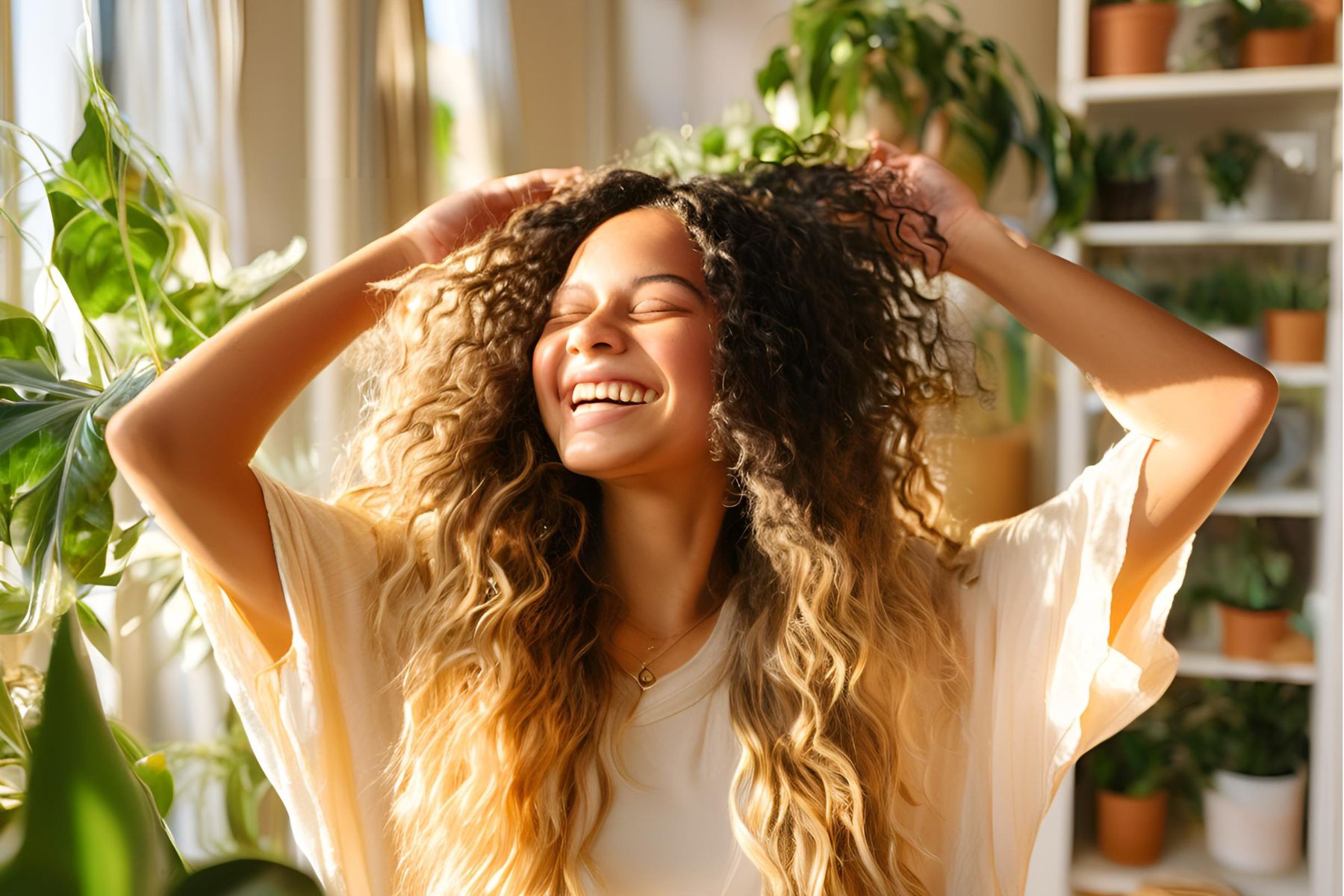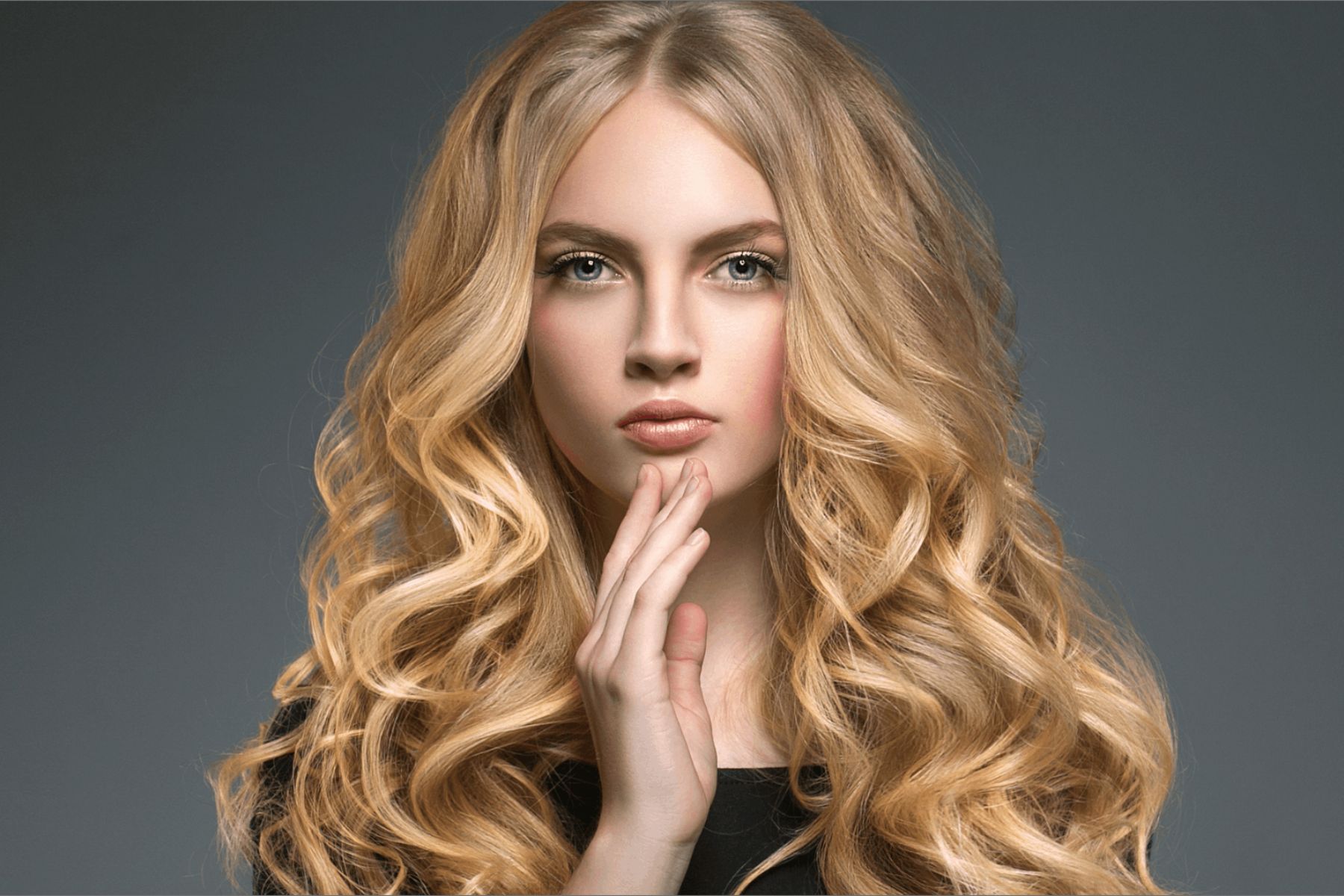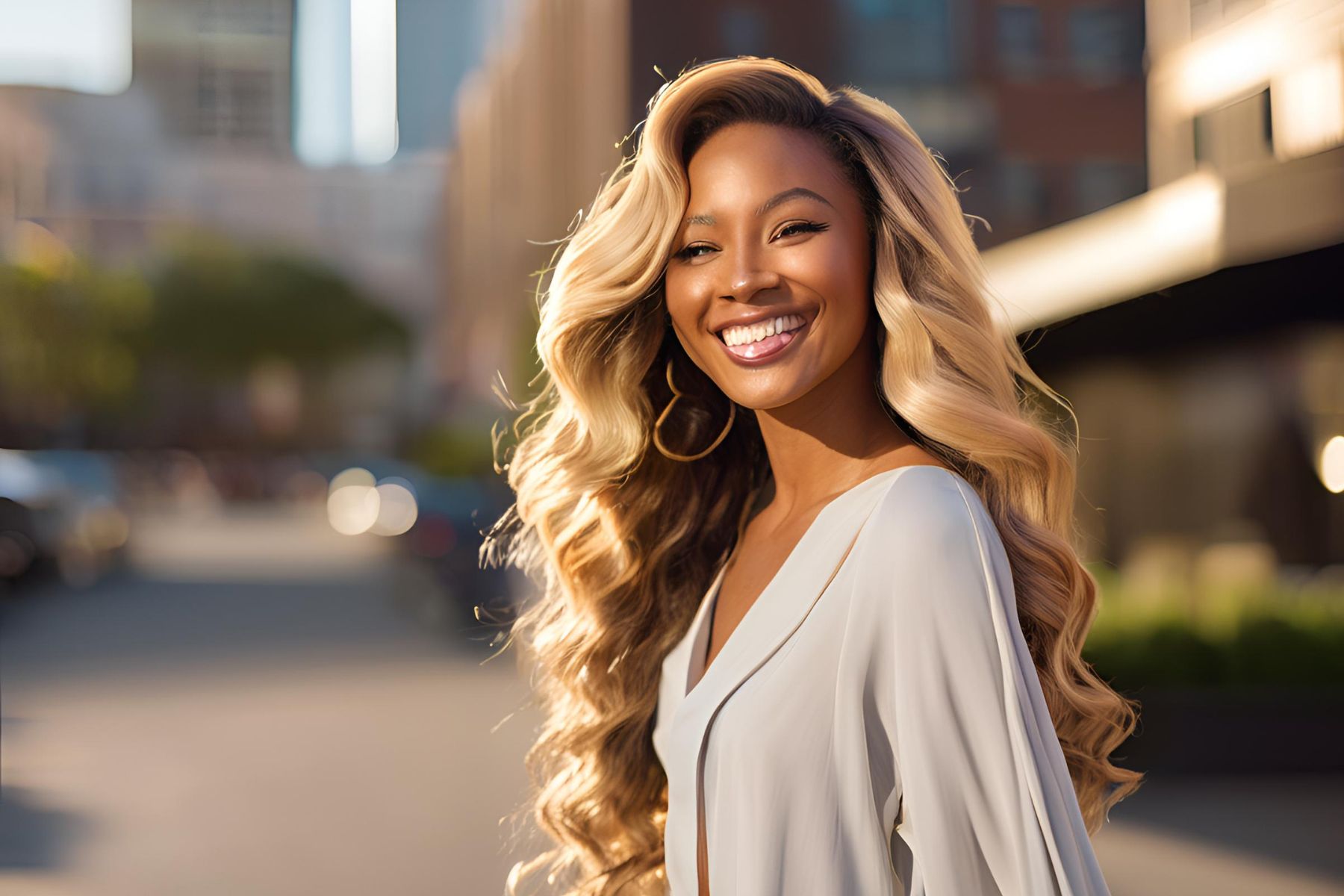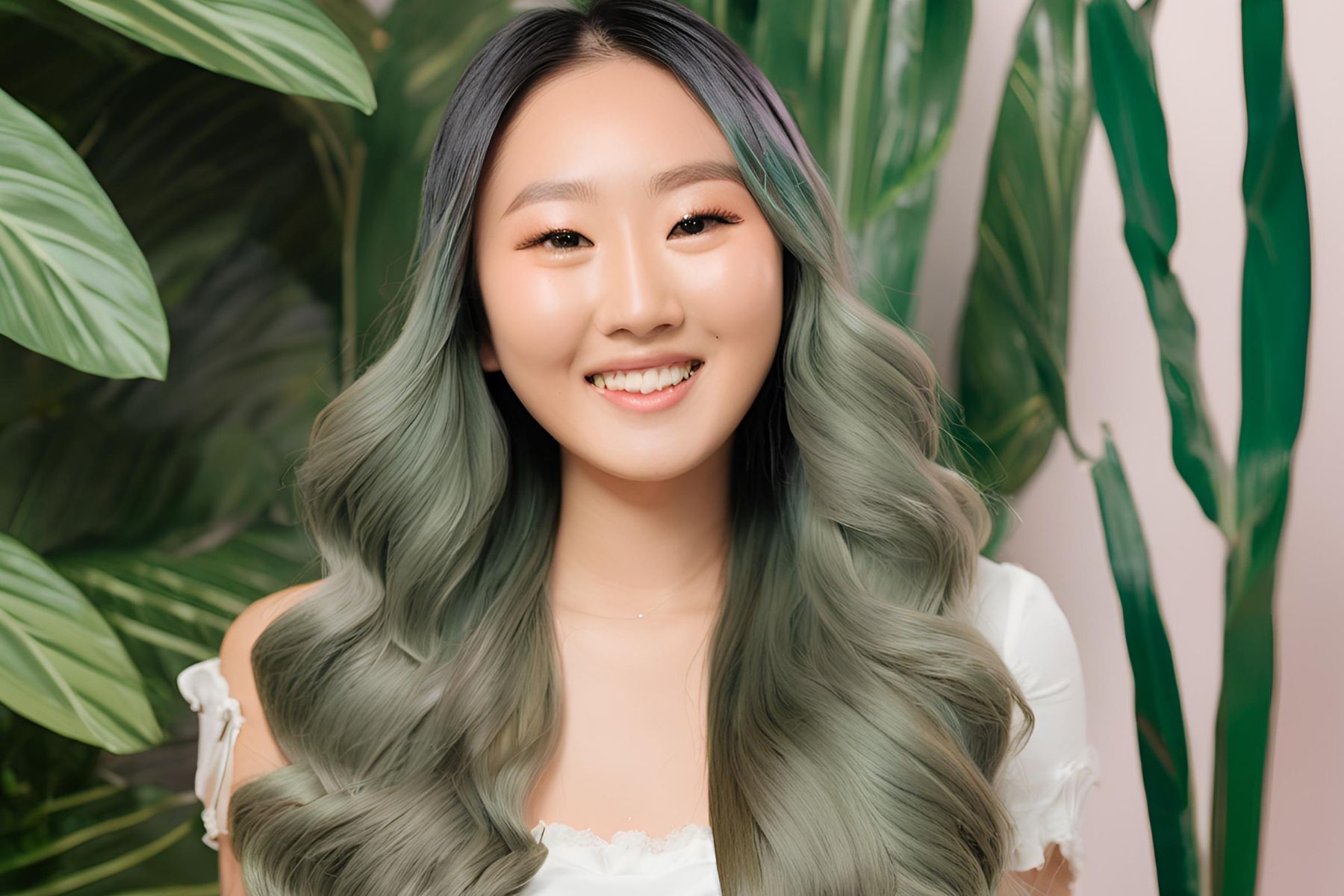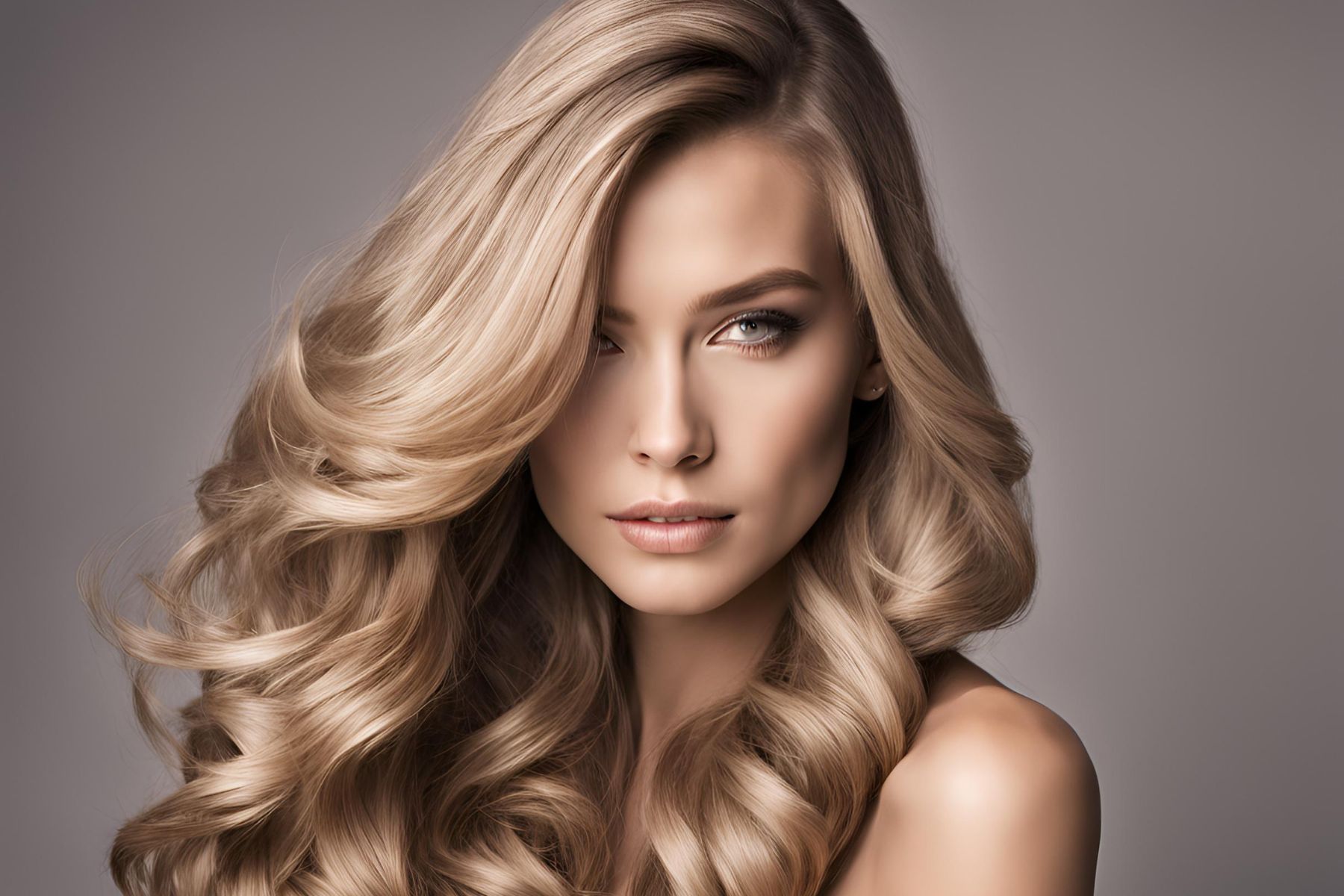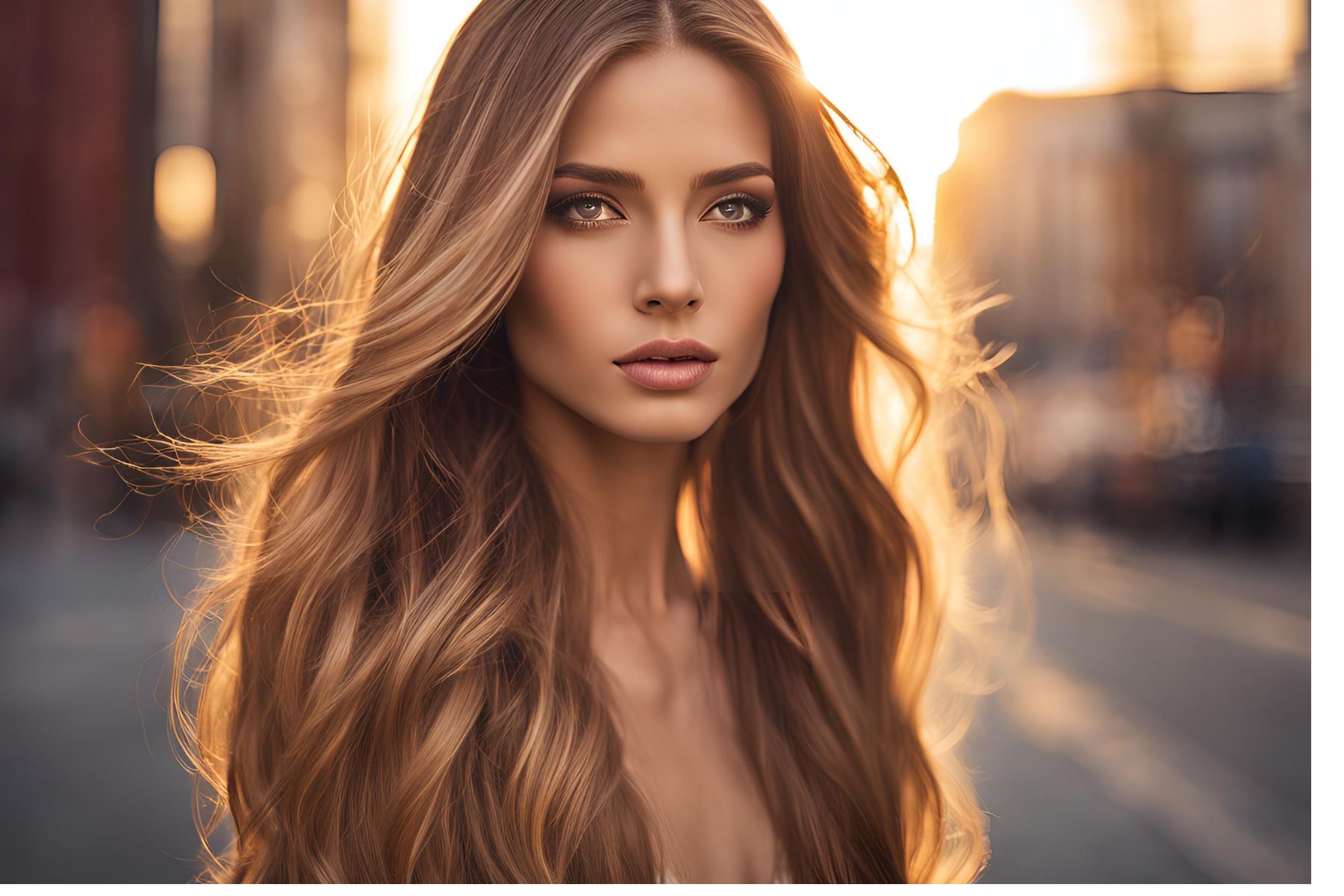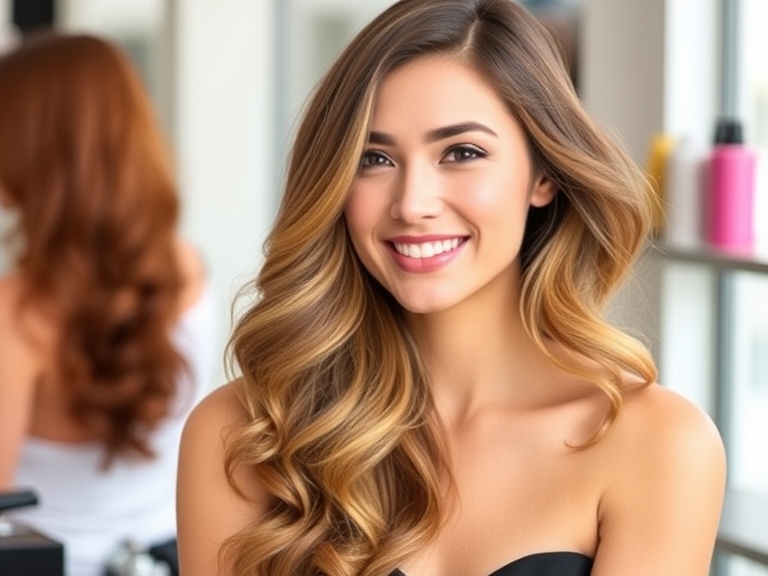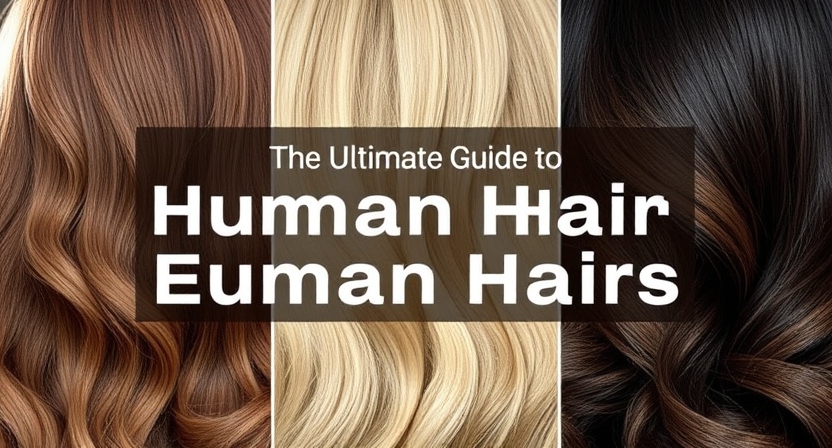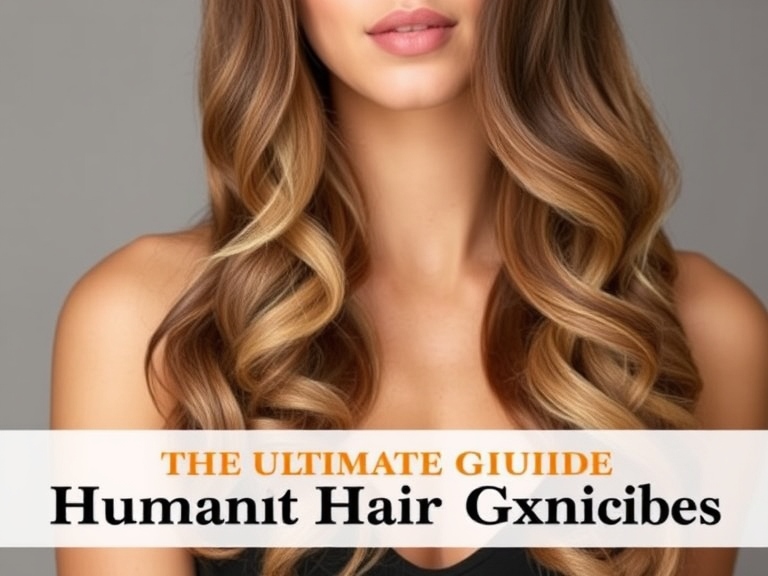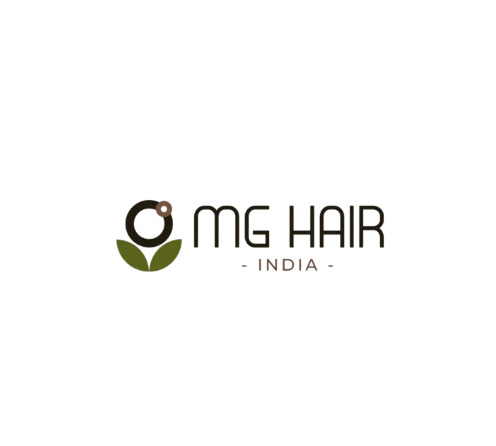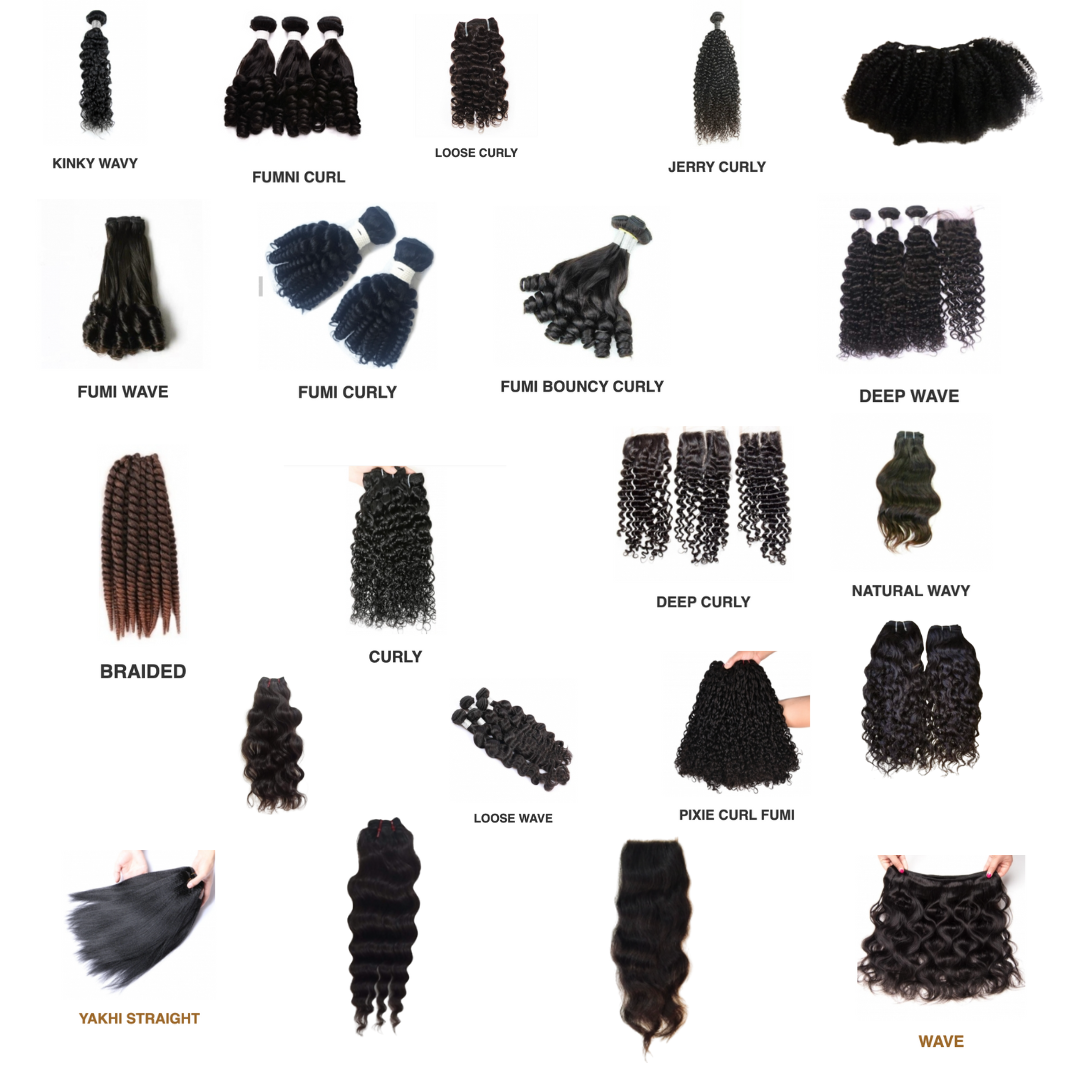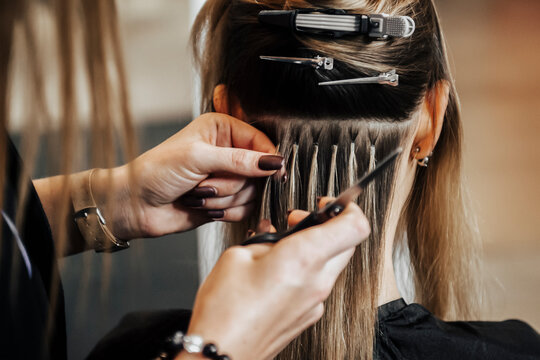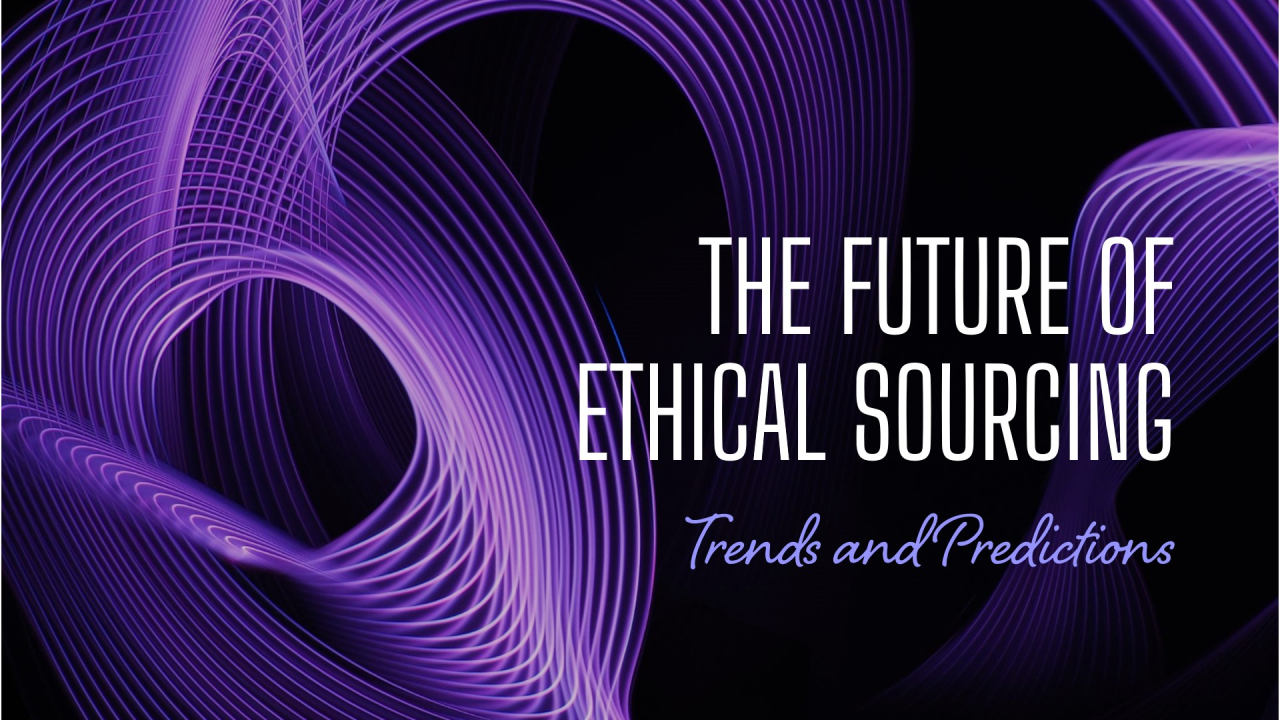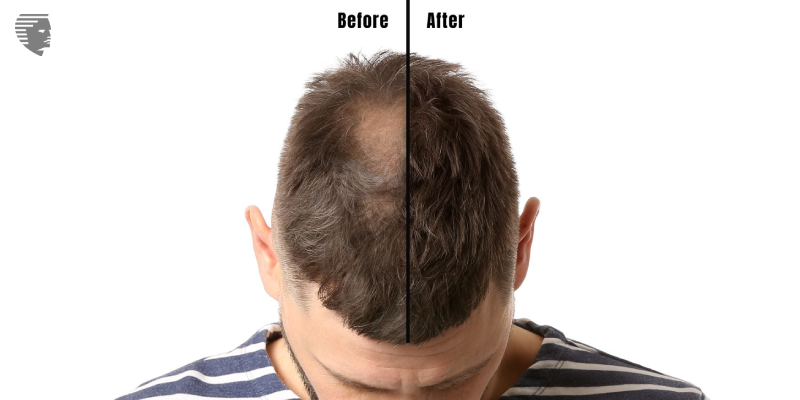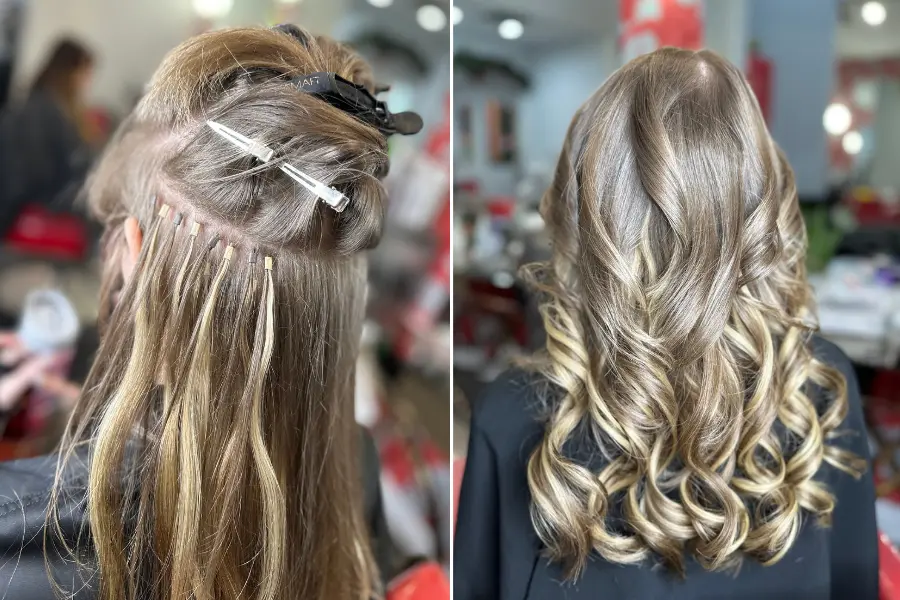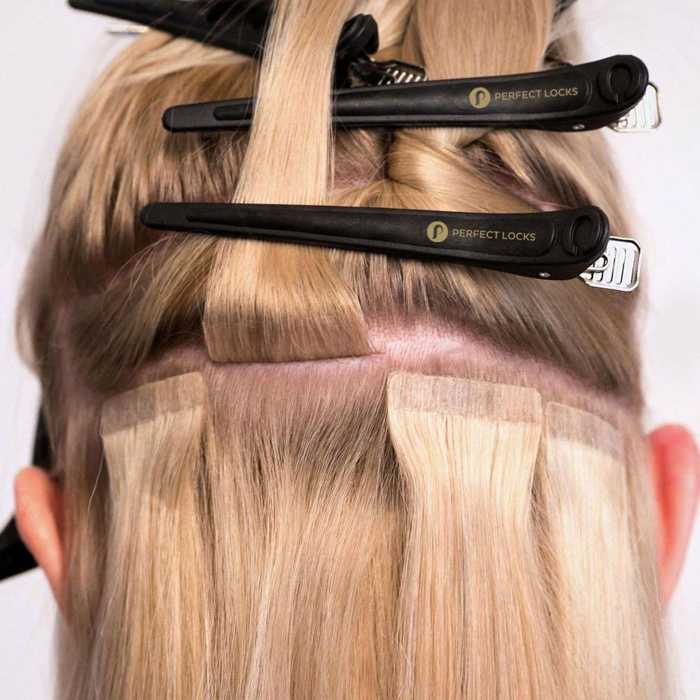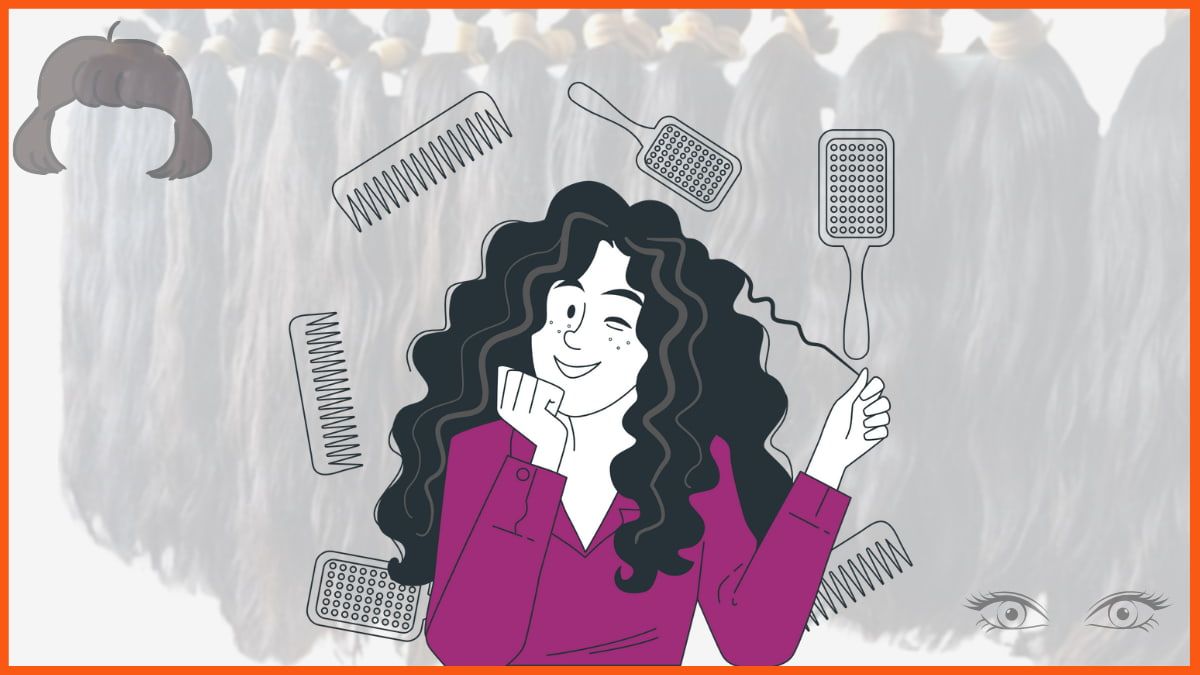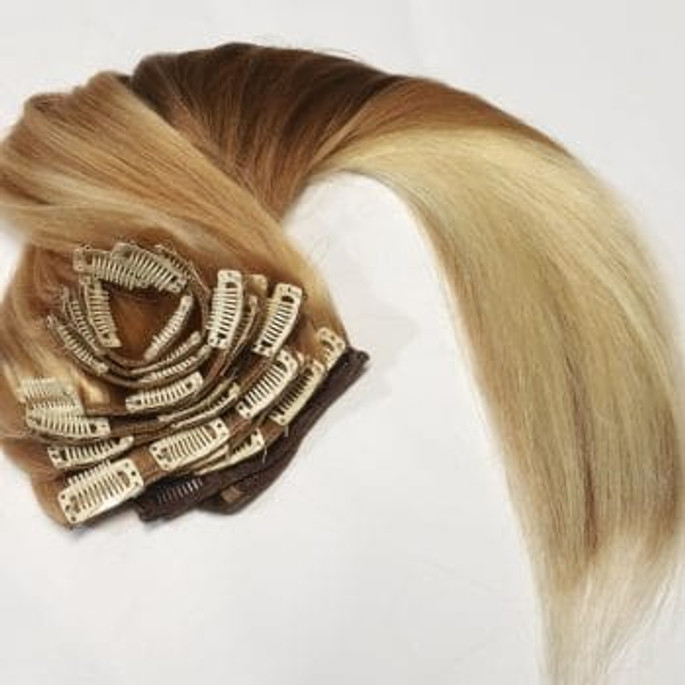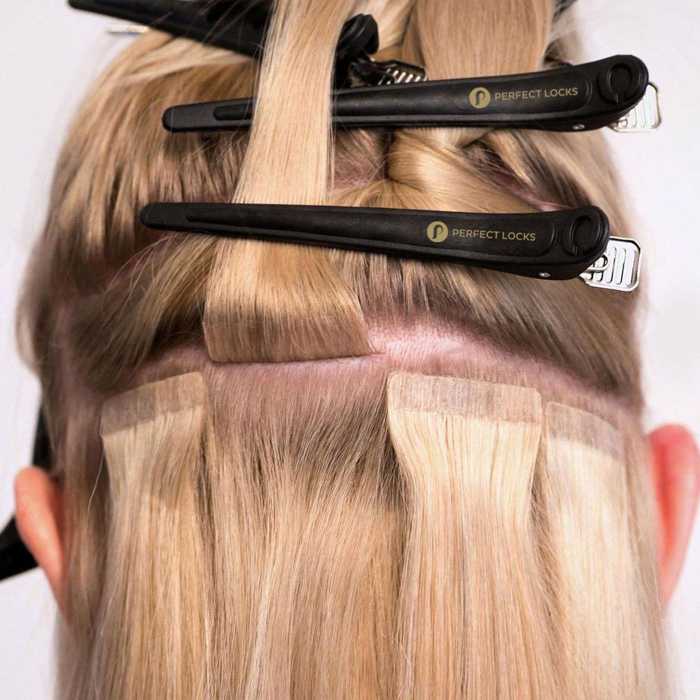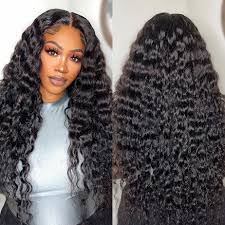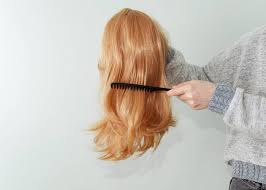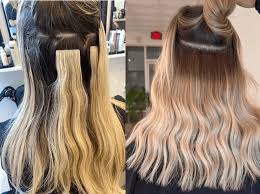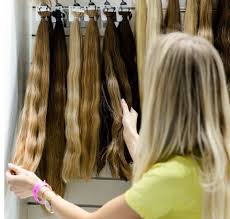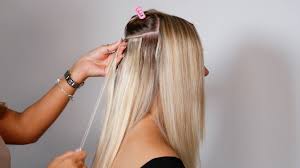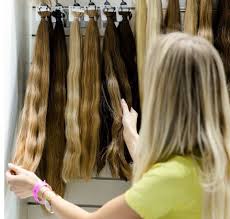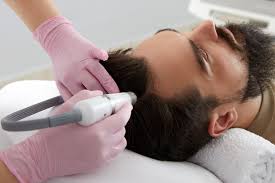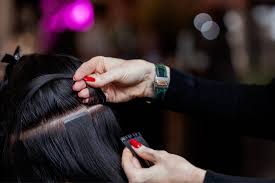The Future of Colour-Matching Technology in Hair and Beauty
Imagine walking into a salon, and before even sitting down, a scanner instantly identifies your skin tone, undertones, natural hair pigments — and recommends the perfect color match for your hair, brows, or even extensions.
Sounds futuristic?
It’s already starting to happen — and the future of colour-matching technology is even more exciting.
Today we’re diving into how this technology is evolving, why it matters, and what it means for professionals and everyday beauty lovers alike.
Why Color Matching Has Always Been a Challenge
Humans aren't just "one shade" of anything.
We all have unique:
-
Skin undertones (warm, cool, neutral)
-
Variations in natural hair pigmentation
-
Sun exposure patterns
-
Age-related pigmentation changes
Even lighting conditions can mess up how we see color:
a shade that looks stunning under the salon lights may look totally off in natural daylight.
For decades, colorists and makeup artists relied on their trained eye — but even the best pros can miss subtle nuances.
Enter: Technology.
What Is Colour-Matching Technology?
At its core, colour-matching tech uses a mix of:
These tools can scan a person’s hair, skin, or even eye color and break it down into precise, quantifiable data.
Instead of saying “this looks warm” or “this seems dark,” the system can measure exact RGB (red, green, blue) or LAB color values.
The Benefit?
-
Hyper-accurate color matching
-
Personalized recommendations
-
Better predictability of results
-
Happier clients and customers
How It’s Already Changing the Hair Industry
Colour-matching tech is not some distant idea — it’s already being used by top salons, extension brands, and at-home hair color kits.
🖥️ Digital Color Consultations
Many salons now use apps that allow clients to upload a photo in good lighting.
AI analyzes their base color, recommends shades that will work with their complexion, and predicts how different dyes will process on their hair.
No more flipping through messy color swatch books!
🎨 Wig and Extension Matching
If you’re investing in high-quality extensions or wigs, you don’t want a “close enough” match — you want an exact match.
Some brands now offer 3D color matching:
Clients scan their hair with their phone, and AI creates a 3D color profile.
The factory then custom-blends fibers to match the profile — even including highlights, lowlights, and balayage patterns.
🧪 Customized Hair Color Kits
DIY home color kits are evolving too.
Brands are using online quizzes + AI analysis of your uploaded photo to create custom shades that actually work on your real hair, not just a stock model.
Some even ship you color boosters (like extra pigment concentrates) based on your hair's porosity and previous treatments.
The Technologies Behind Modern Colour Matching
Here's the fun geeky stuff behind the magic:
1. Spectrophotometers
Used in high-end salons and research labs, these devices measure the exact wavelengths of light that bounce off your hair or skin.
They can capture subtle undertones the human eye can’t even see.
2. Machine Learning AI
As more scans and color results are processed, AI learns patterns — like how certain natural hair tones lift when bleached, or how certain skin undertones clash with cool-toned dyes.
It’s constantly getting smarter.
3. AR (Augmented Reality) Try-Ons
Tools like L’Oréal's Style My Hair app or Sephora's Virtual Artist let you "try on" colors using AR filters mapped to your face/hair — but powered by color-matching databases.
It’s fun, fast, and surprisingly accurate.
4. 3D Imaging
Instead of a flat scan, 3D imaging captures the volume, texture, and natural light reflection on your hair or skin, giving stylists an even more realistic reference for matching.
Why Colour-Matching Technology Matters (More Than You Think)
This tech isn't just about looking better (although, let’s be honest, that’s a huge part).
It’s also about empowerment, accessibility, and inclusivity.
🎯 1. Better Results for Clients
No more brassy blondes when you wanted platinum.
No more extensions that "almost match" but catch the light wrong.
When technology handles the matching, human error drops dramatically.
🌎 2. More Inclusivity
People of color, especially Black clients, have historically been underserved by the beauty industry when it comes to accurate matching.
Technology recognizes the full spectrum of human diversity — not just shades labeled "medium" and "dark."
🧠 3. Education for Stylists
Instead of relying only on intuition (which can be biased), stylists are getting hard data.
This opens doors for newer stylists to deliver pro-level color results faster.
💡 4. Personalized Beauty Becomes the Norm
We’re moving toward a world where "custom" isn’t luxury — it’s expected.
Colour-matching technology allows everyday consumers to demand (and get!) products that suit their one-in-a-billion selves.
Challenges Still Ahead
Of course, no technology is perfect yet.
Some ongoing challenges include:
-
Lighting variations: Scans still get tricky under bad lighting
-
Hair porosity factors: How your hair absorbs dye isn't 100% predictable
-
Data privacy: Uploading personal data (photos, scans) raises privacy concerns
-
Cost barriers: High-end scanning tech isn’t affordable for every salon yet
But innovation is moving fast, and these hurdles are shrinking every year.
What’s Next for Colour Matching?
Ready for the next wave? Here's what’s brewing:
🌟 1. Instant Smart Mirror Scans
Imagine sitting in front of a salon mirror equipped with embedded sensors that analyze your hair color and recommend styles/colors — before you even talk to your stylist.
🌟 2. Hyper-Personalized Dyes
Companies are working on AI-mixed hair dyes that create a custom formulation for every batch — down to your specific water type and home lighting conditions!
🌟 3. Wearable Color Sensors
Future fitness watches could also monitor skin pigmentation changes (from sun exposure or vitamin levels) and recommend beauty tweaks in real time.
🌟 4. Universal Shade Libraries
Instead of “blonde #6” or “chestnut brown,” expect universal color codes that work across brands, salons, and beauty apps — like a Pantone system for hair and makeup.
Final Thoughts: A More Colorful, Customized Future
Colour-matching technology isn’t just a "nice to have" anymore — it’s becoming essential.
It’s helping us move away from rigid beauty standards and toward a world where everyone’s natural beauty can be celebrated, enhanced, and honored.
Whether you’re picking a new hair color, ordering a custom wig, or just finding your perfect foundation, technology is making it easier — and much more exciting.
And trust me — the best is yet to come.
Related Blog

